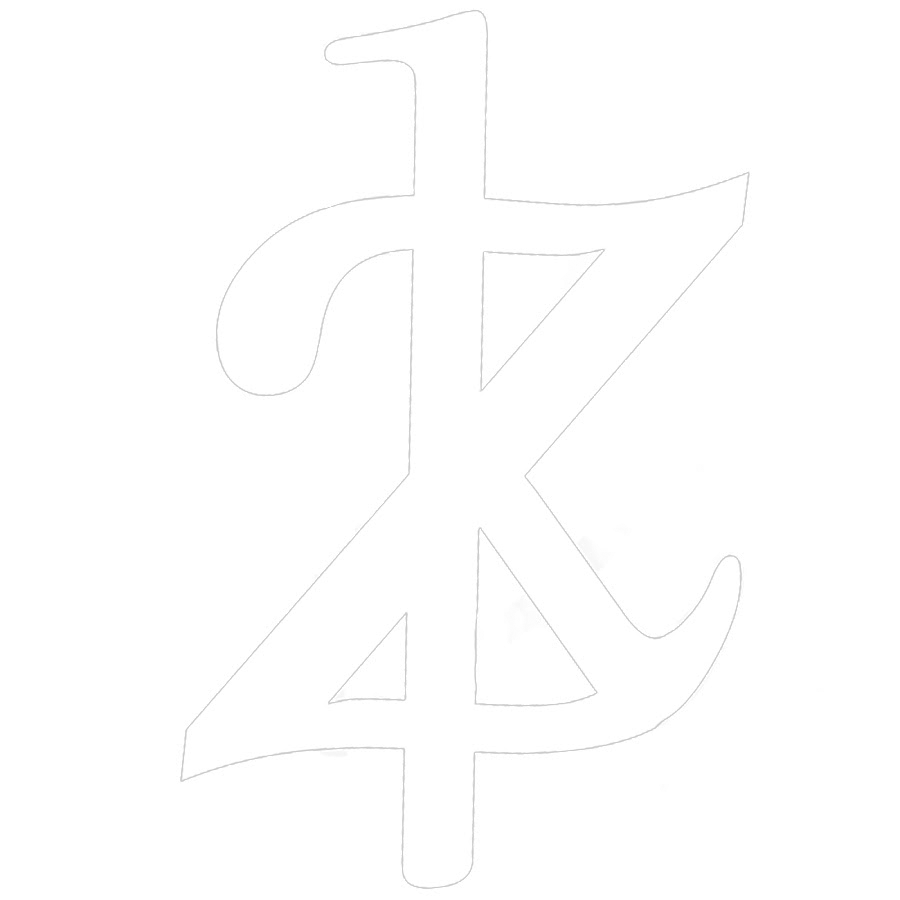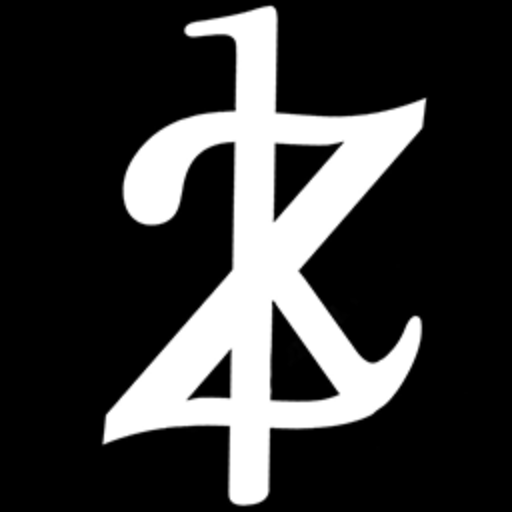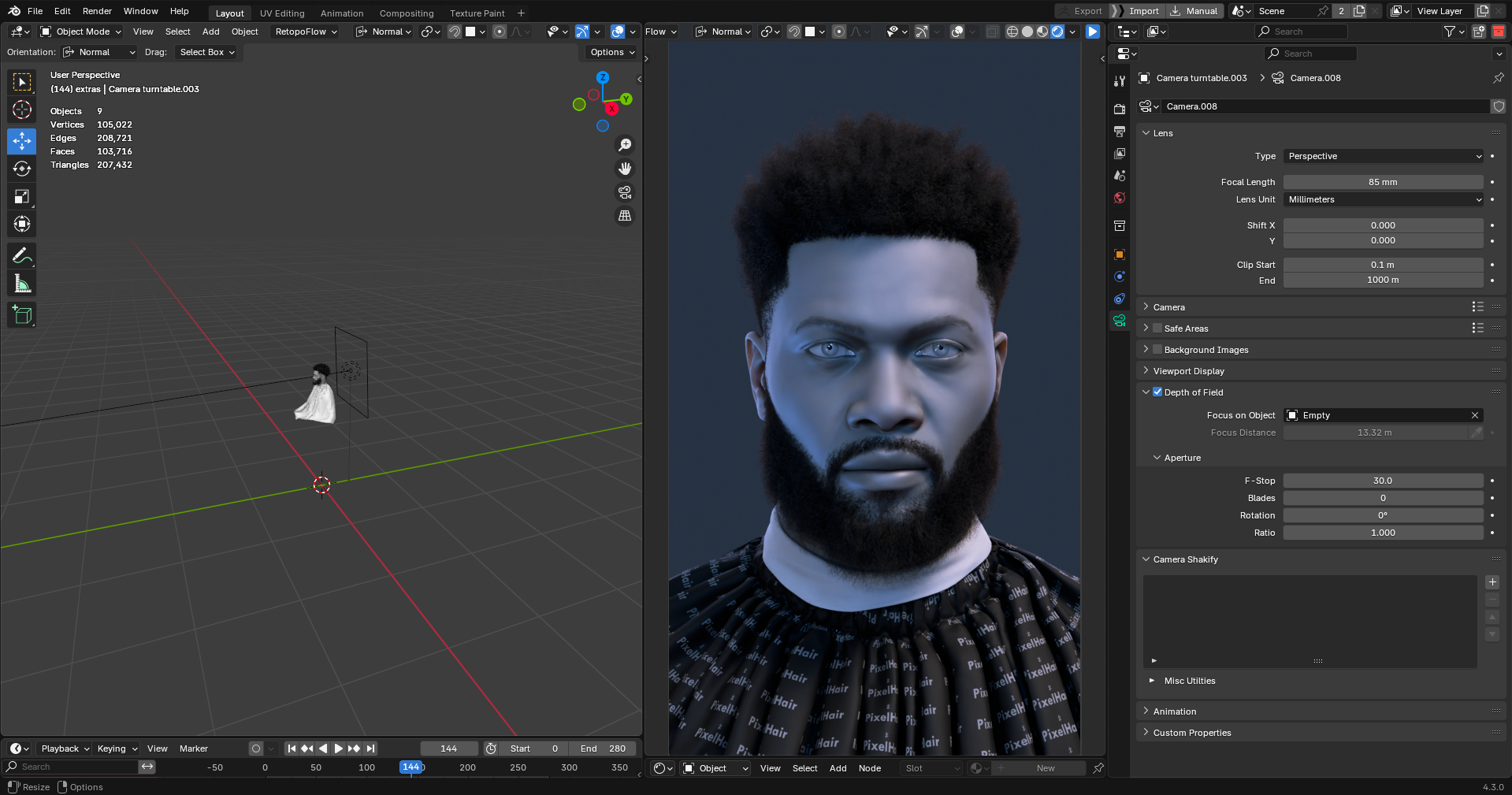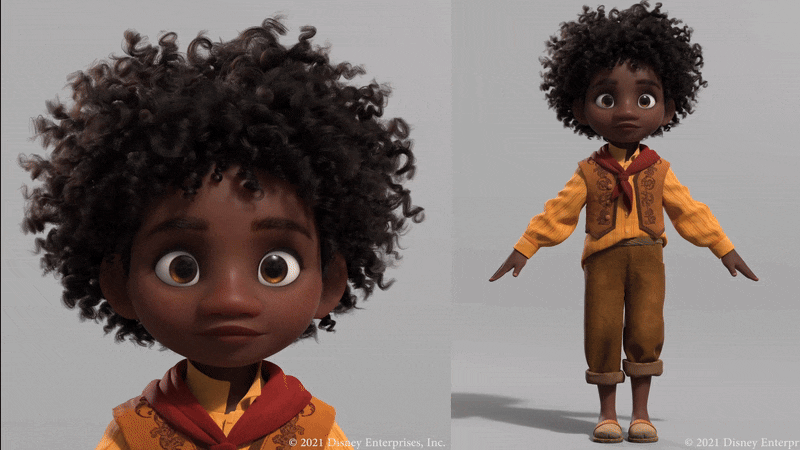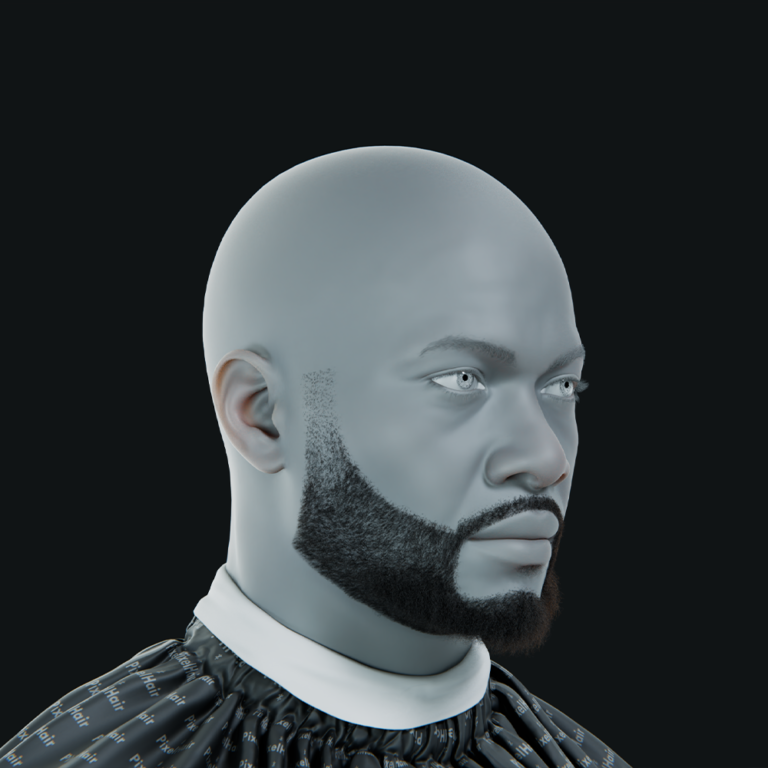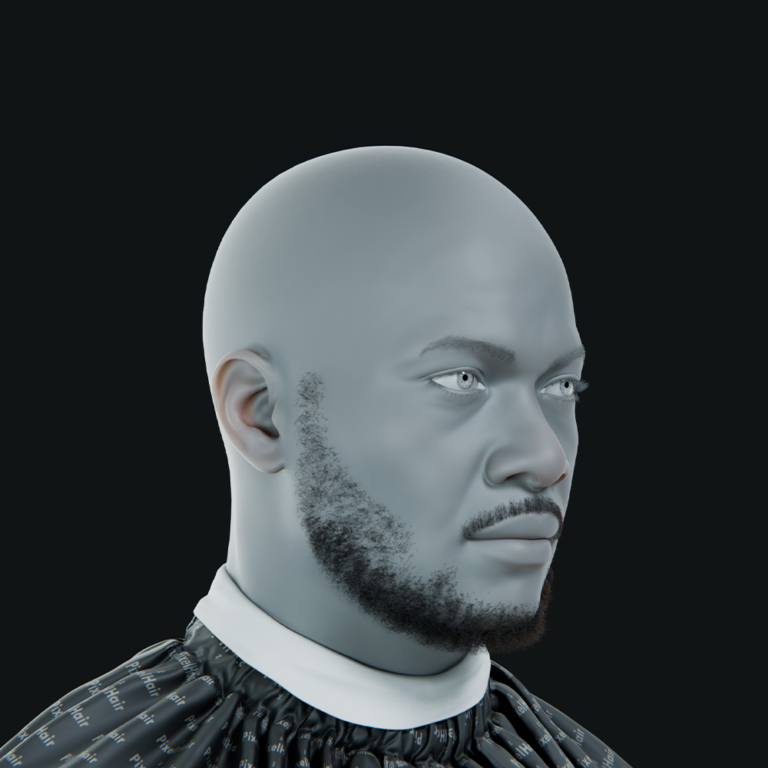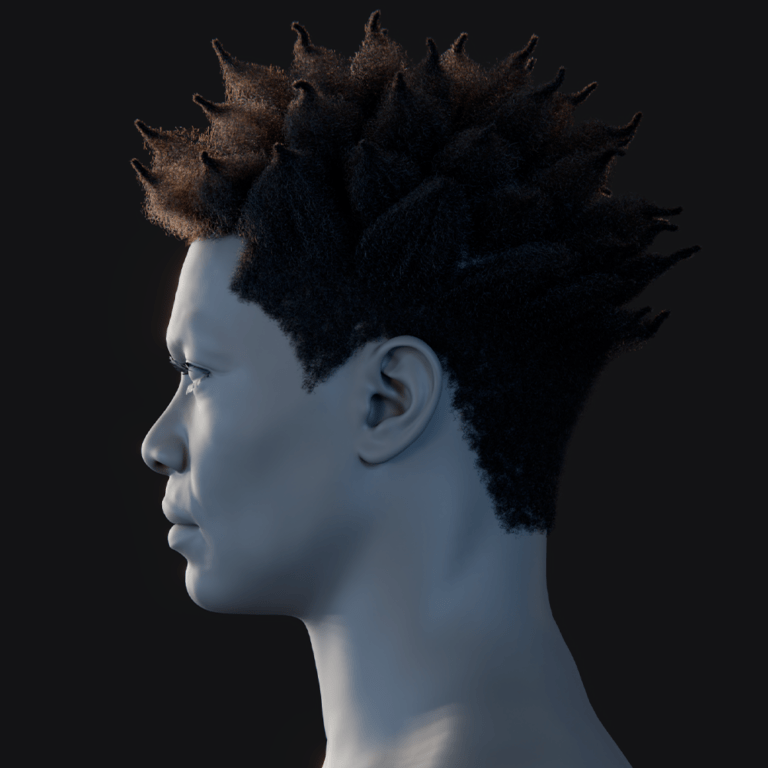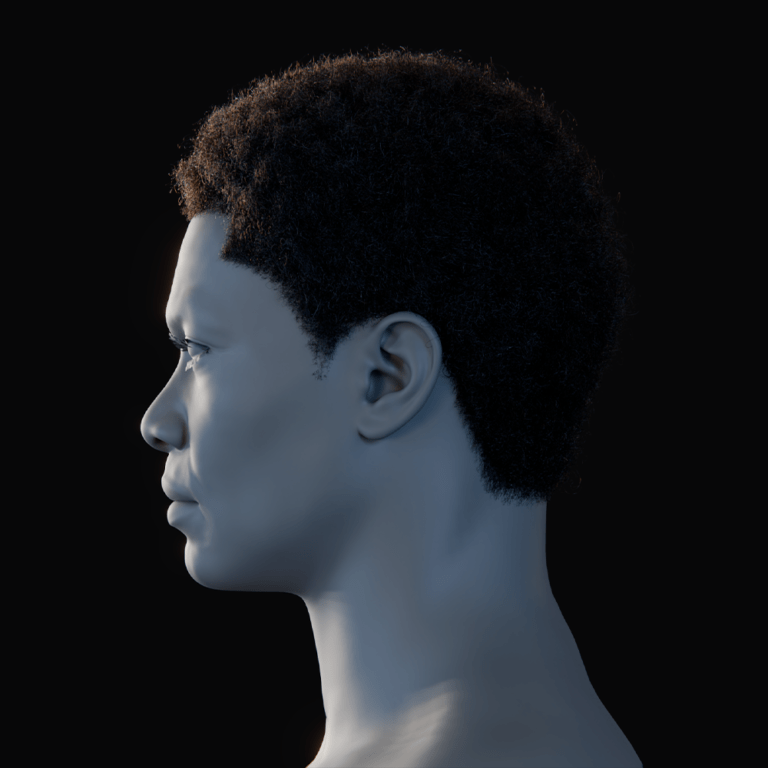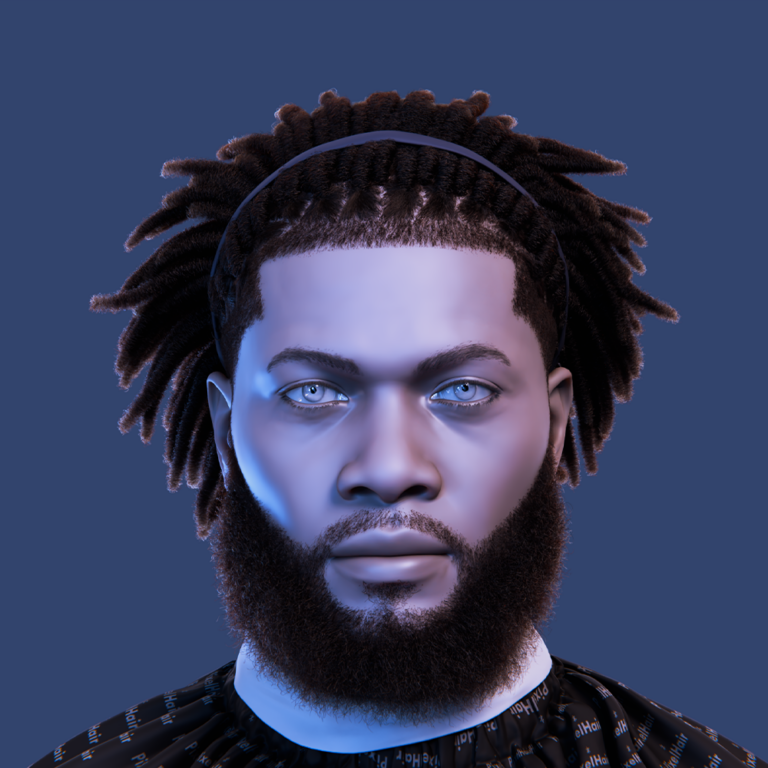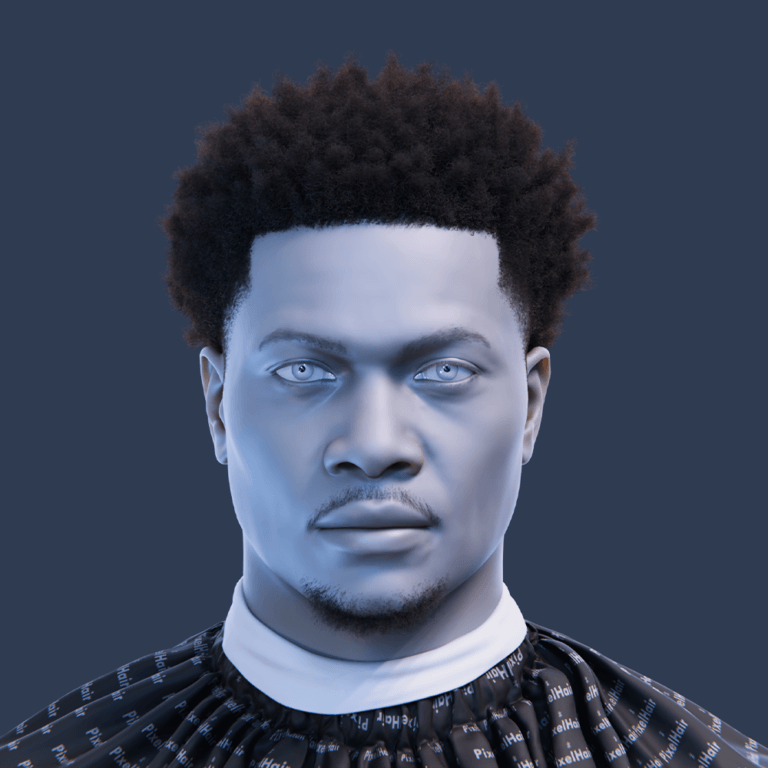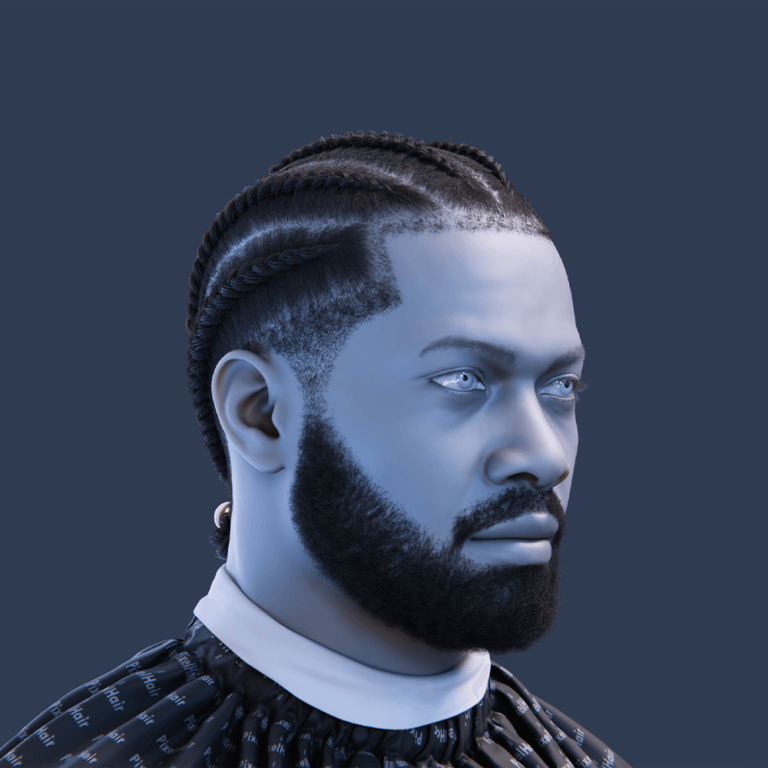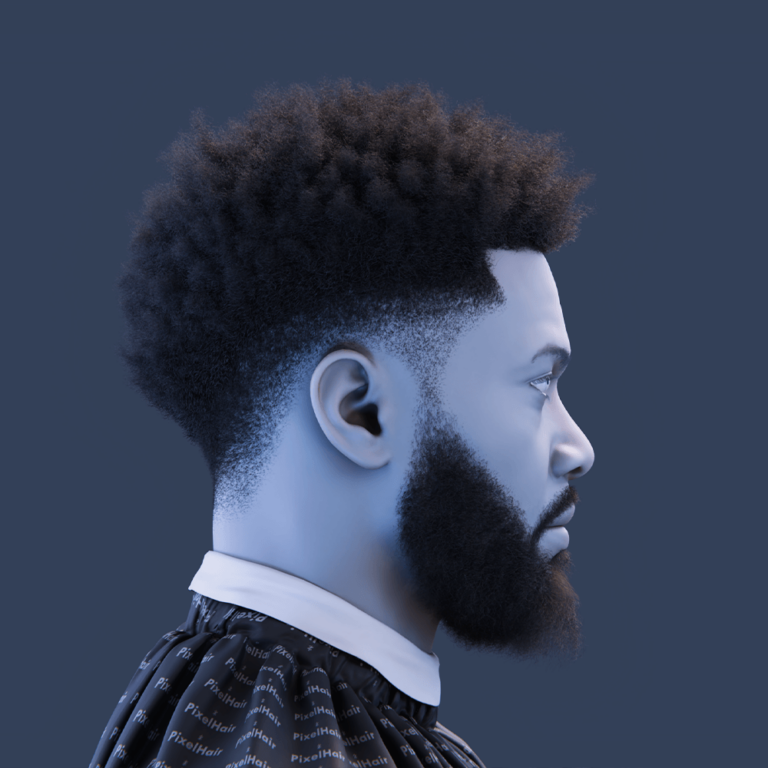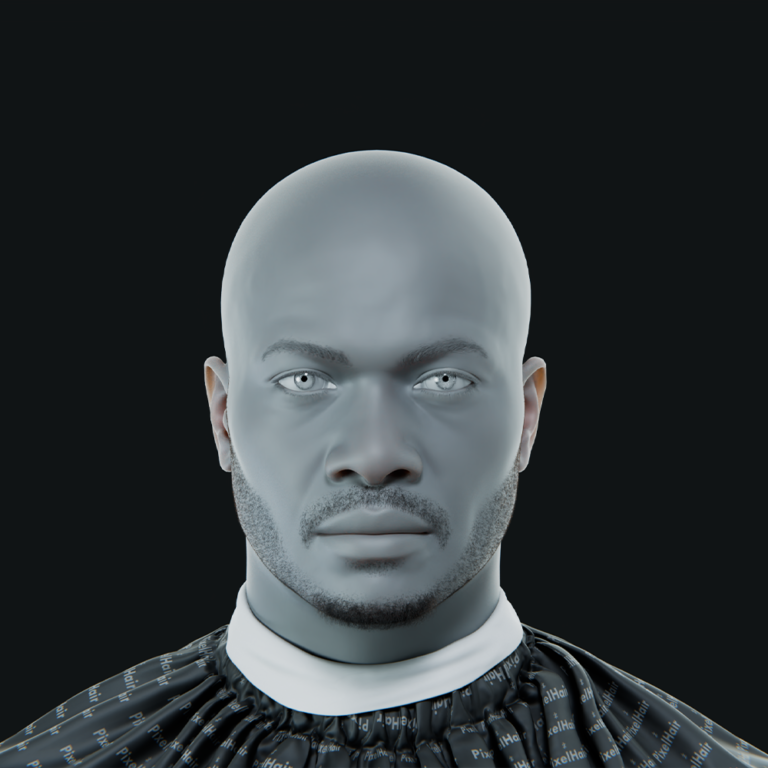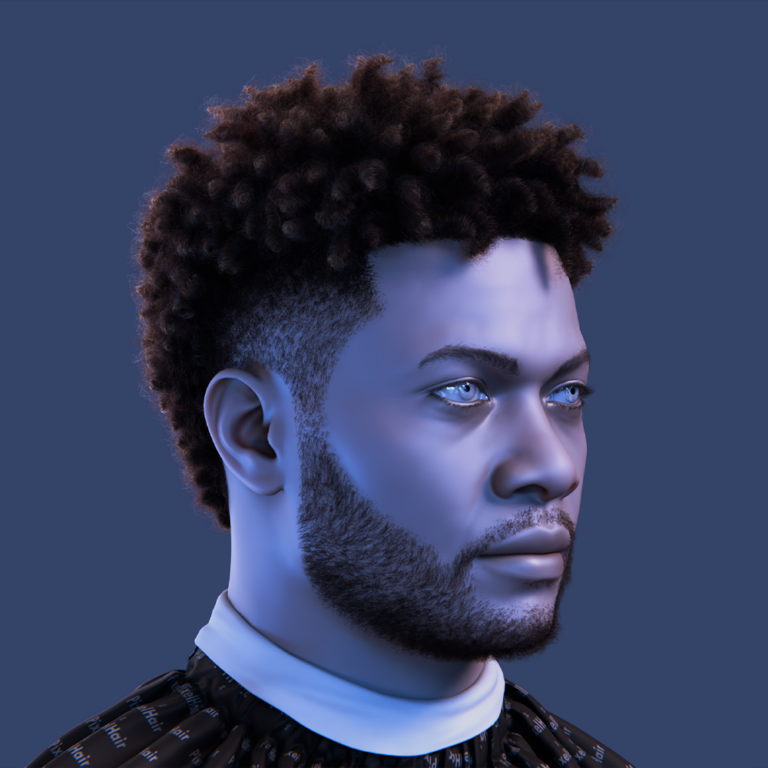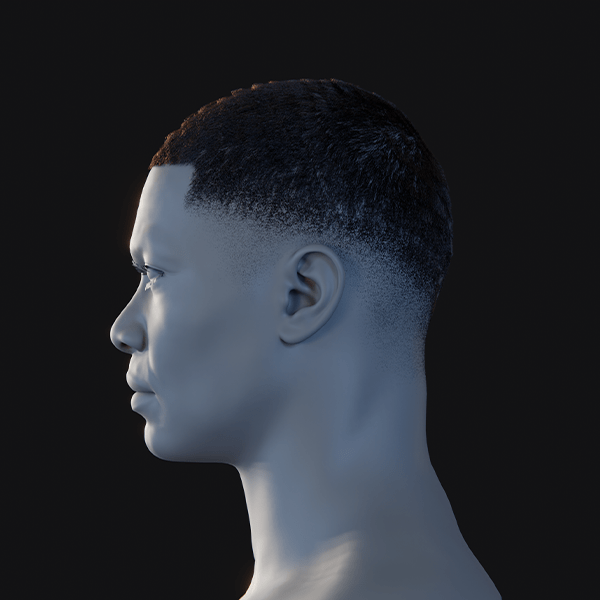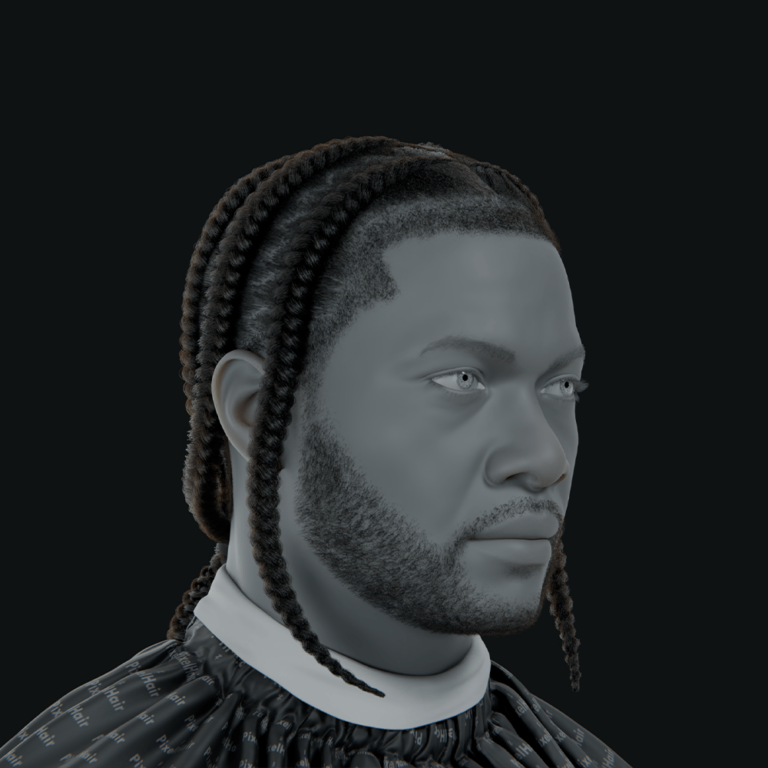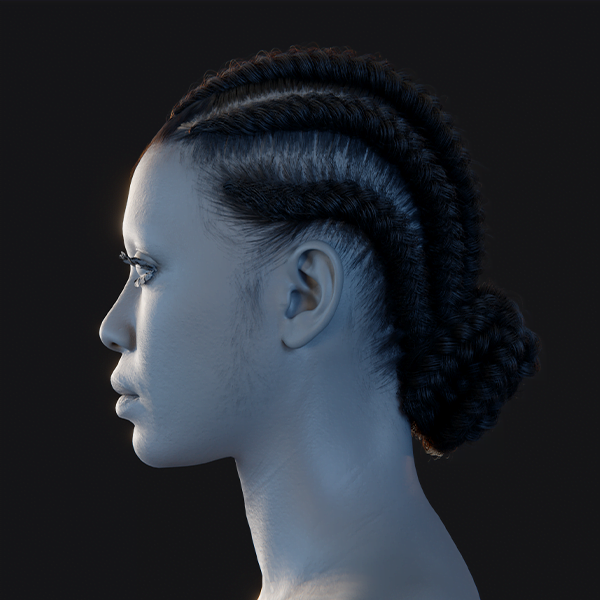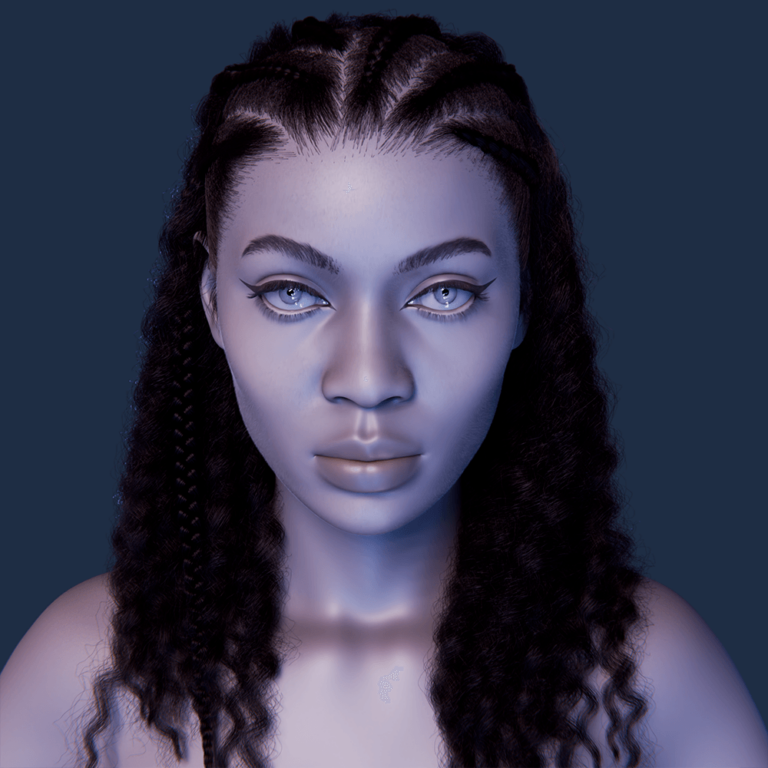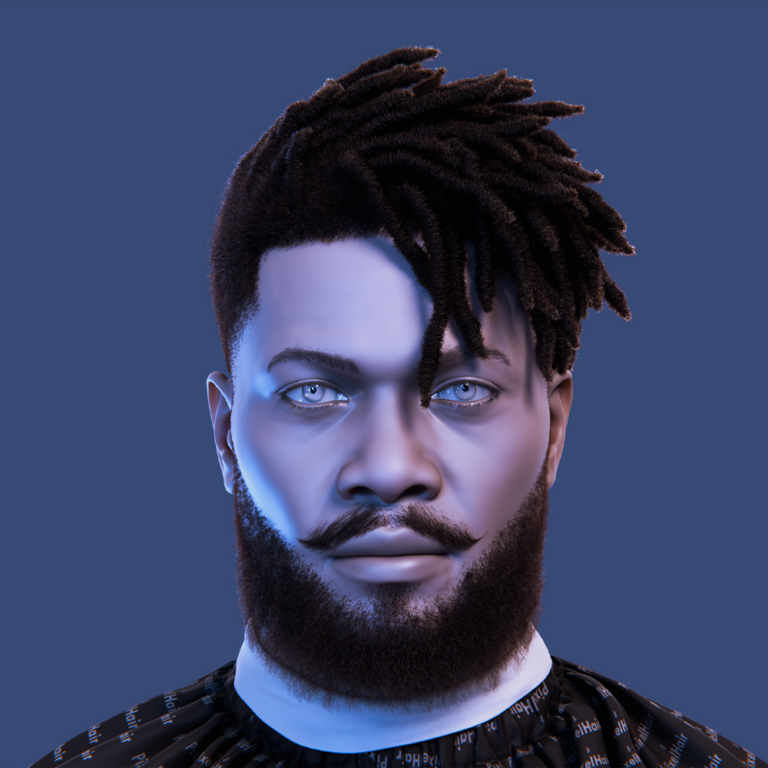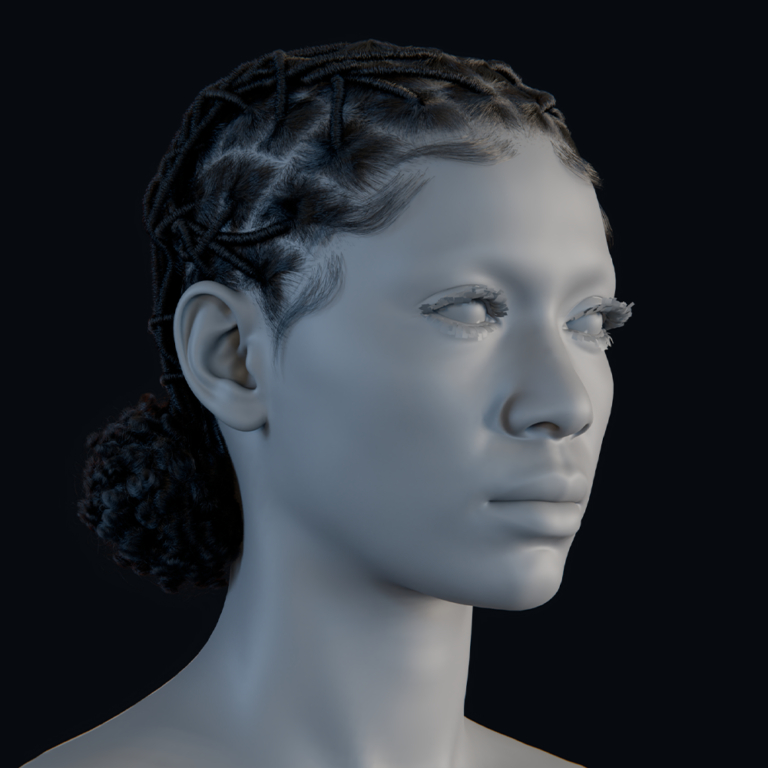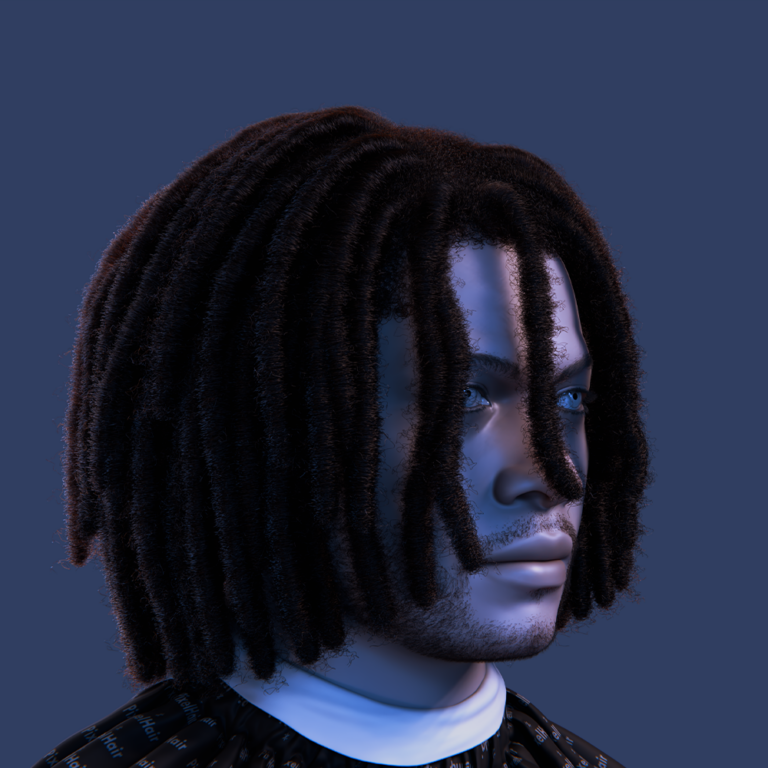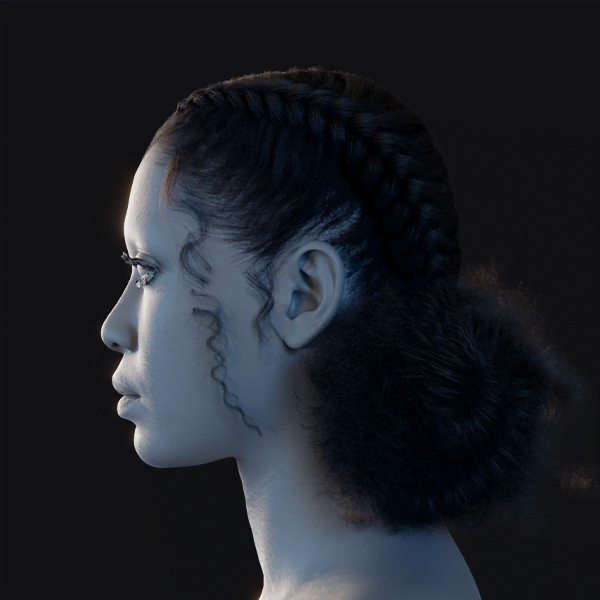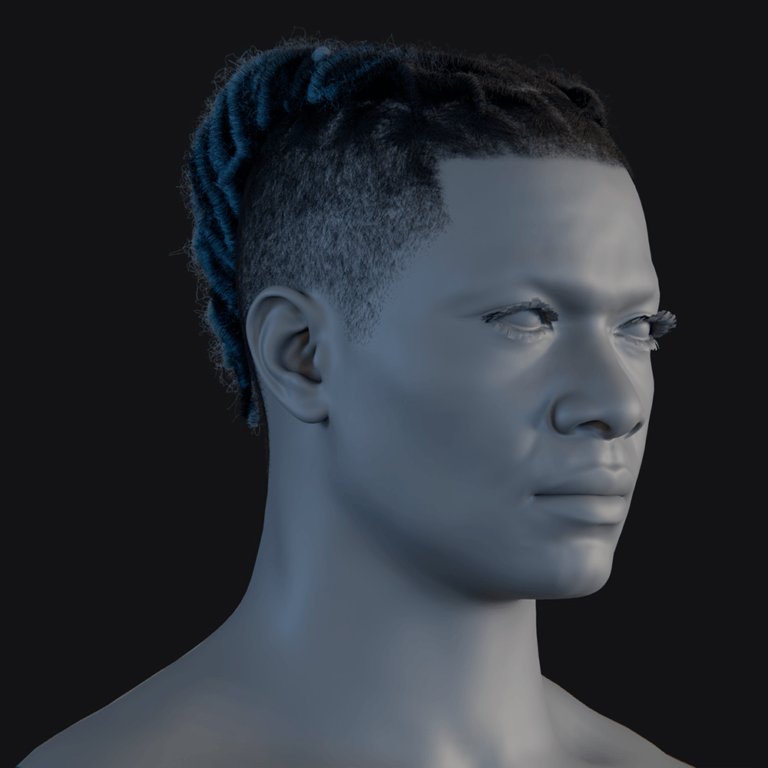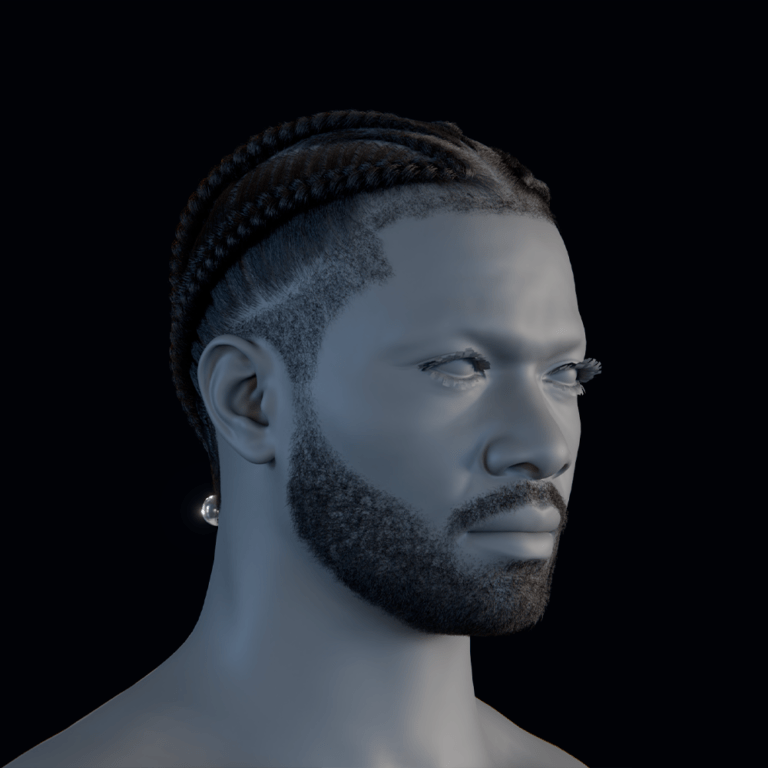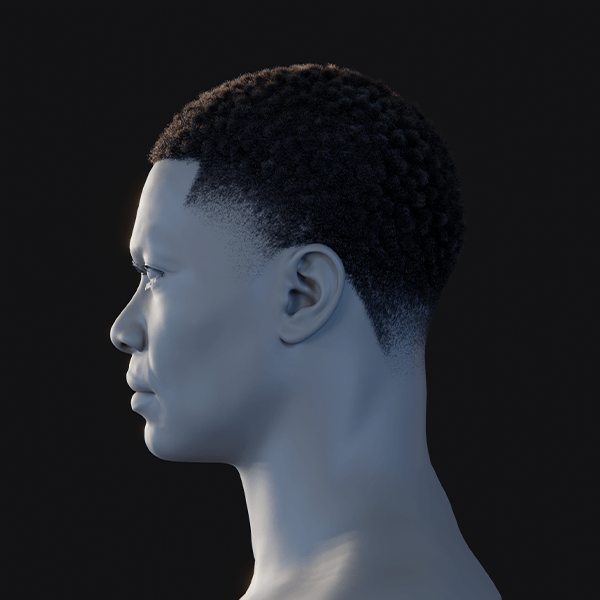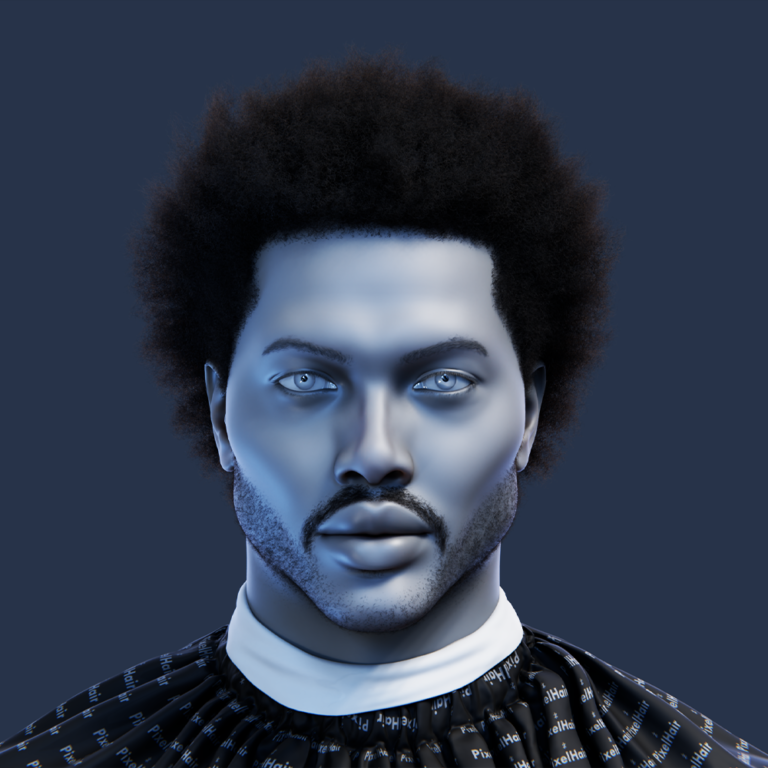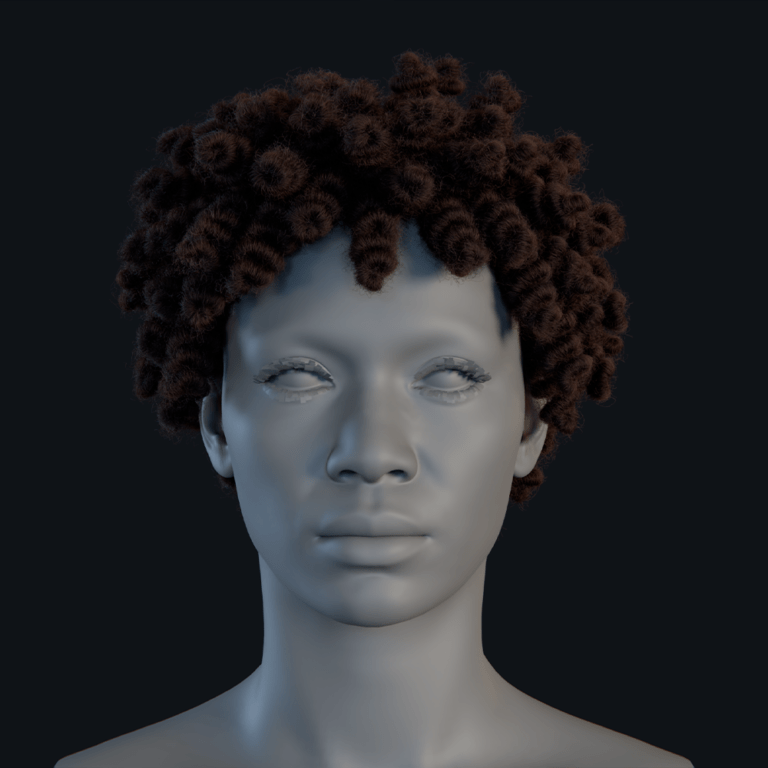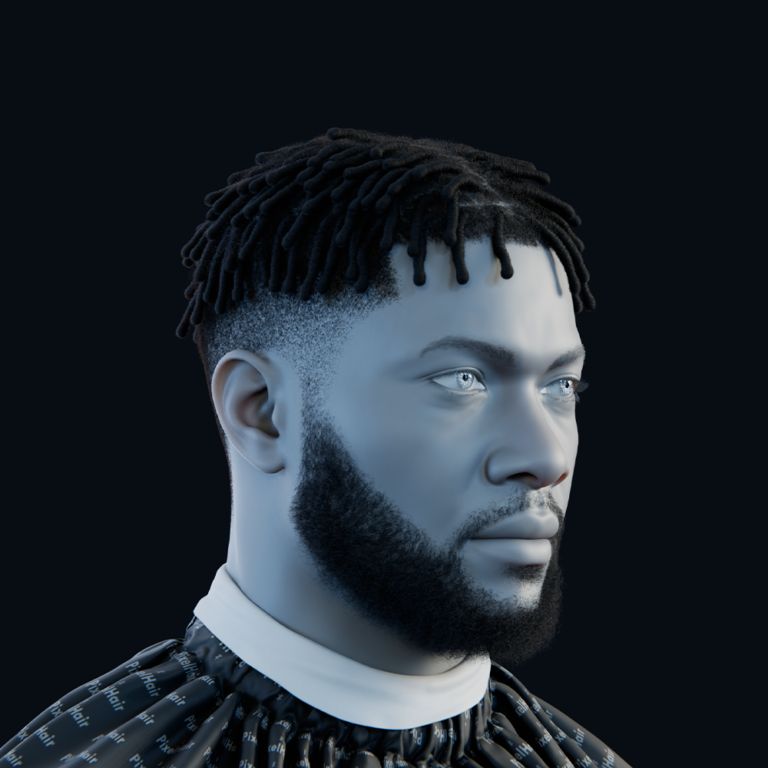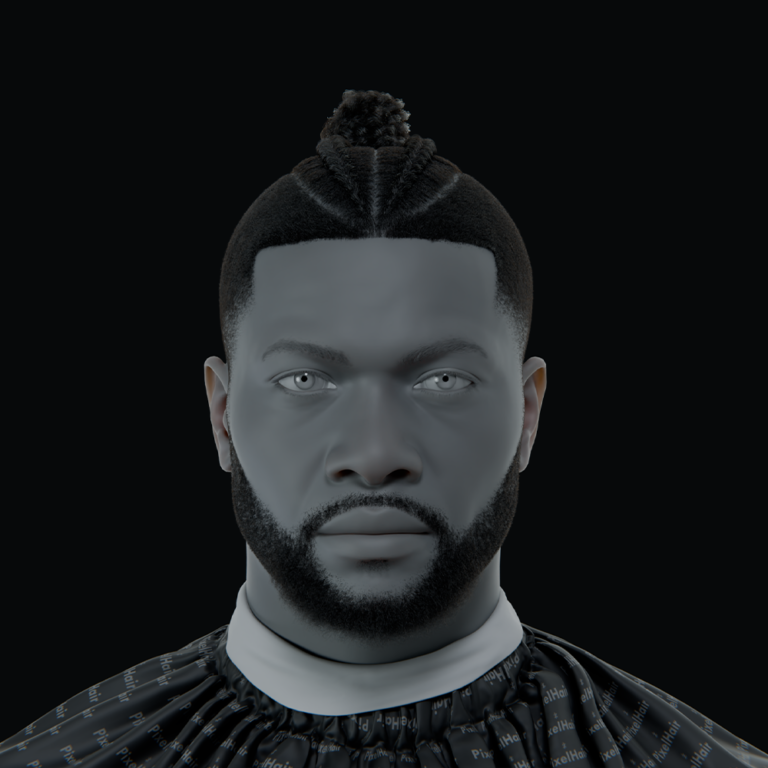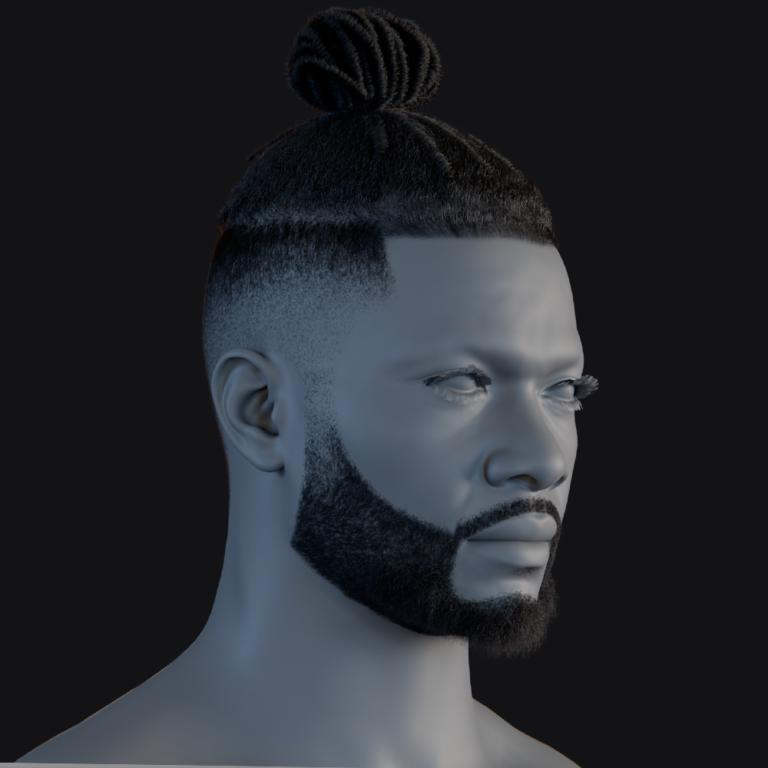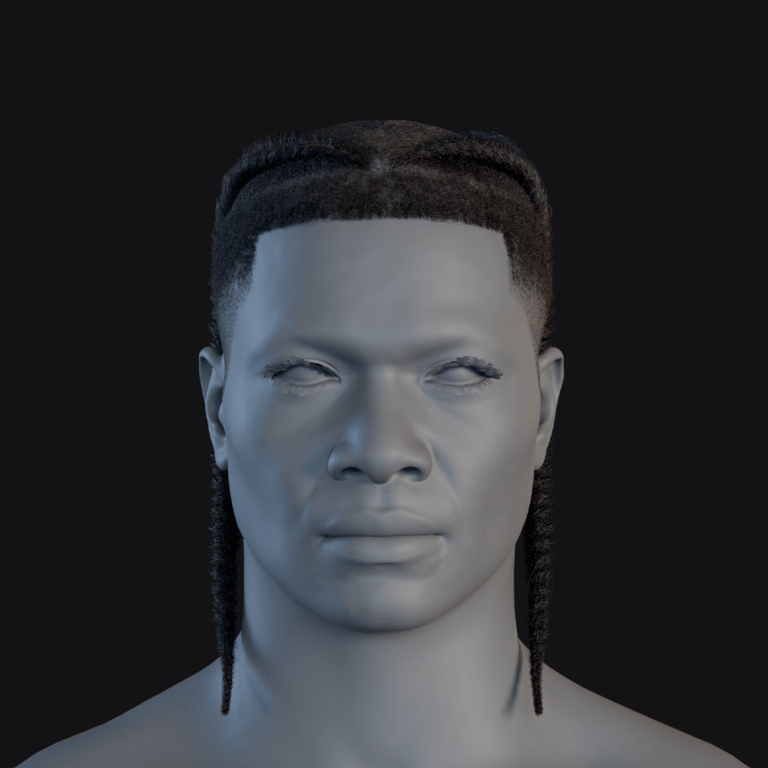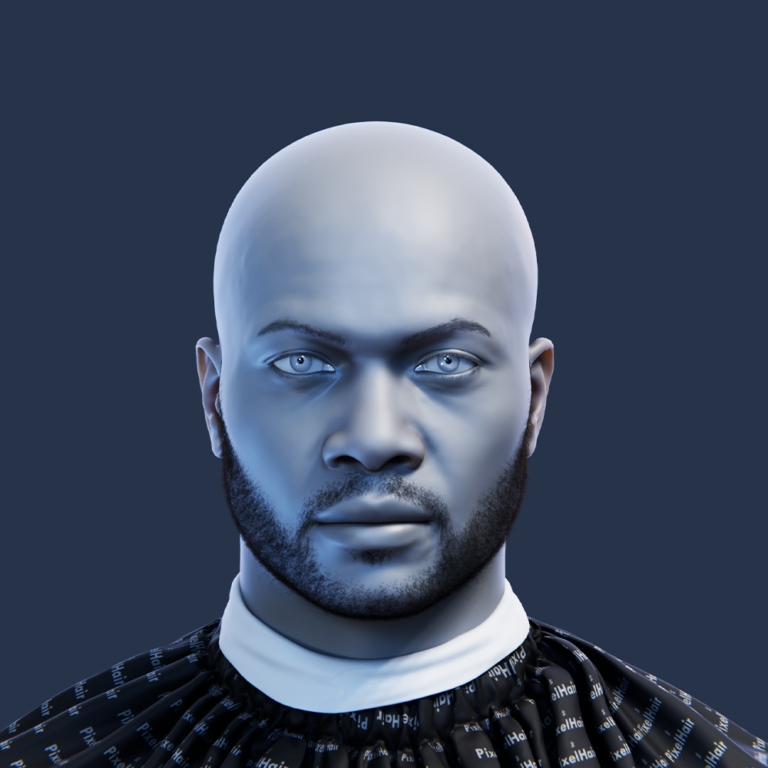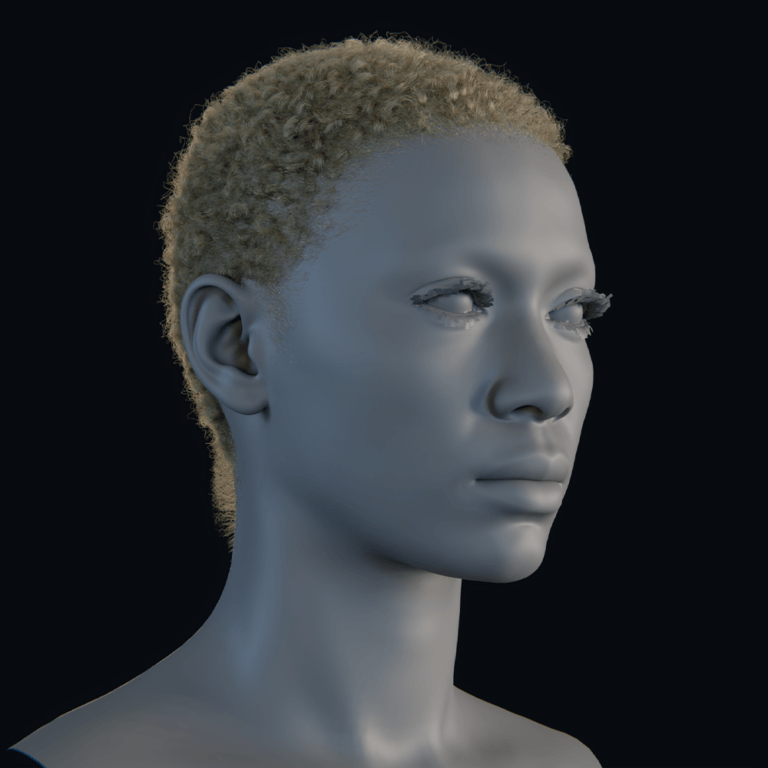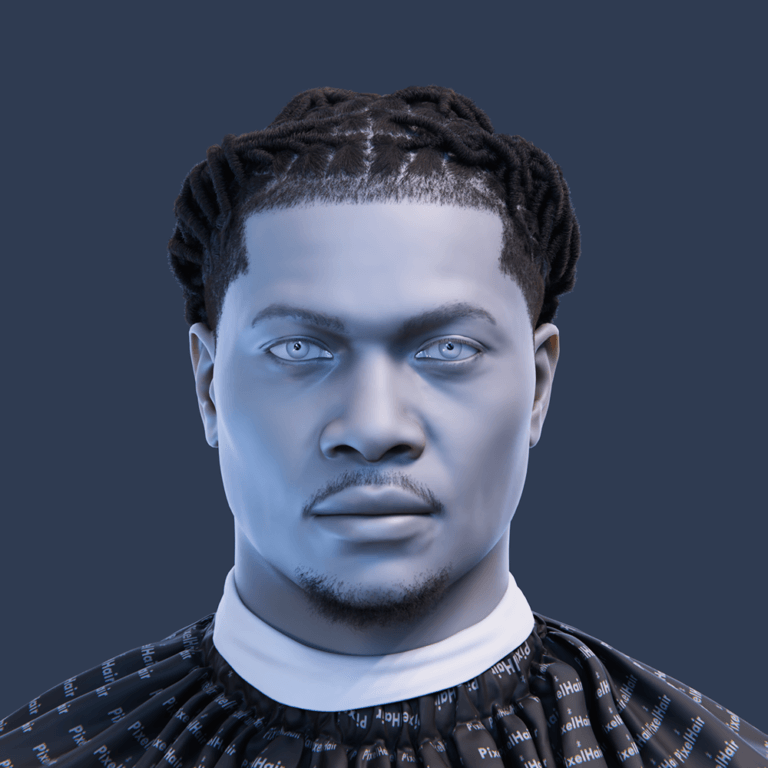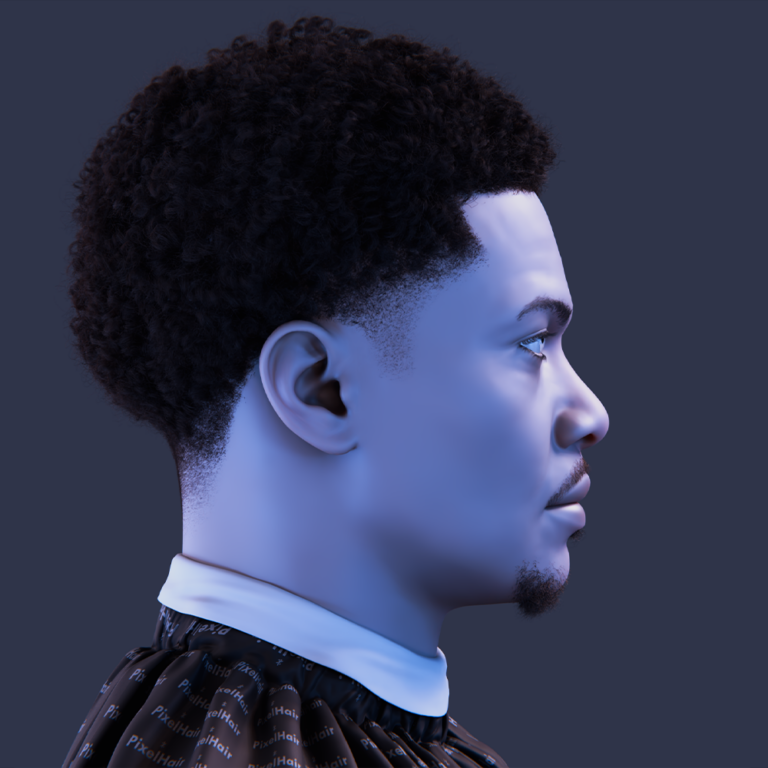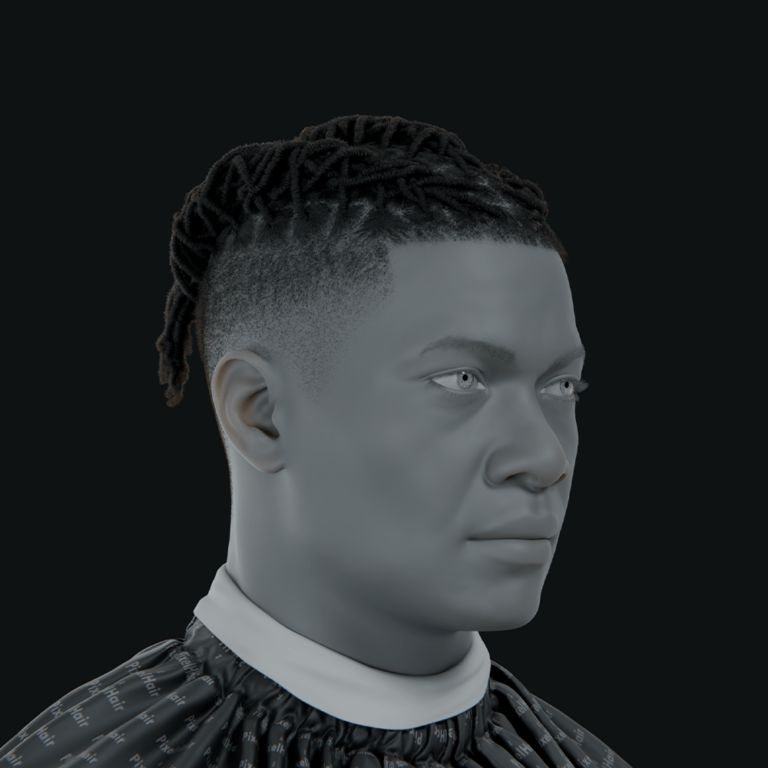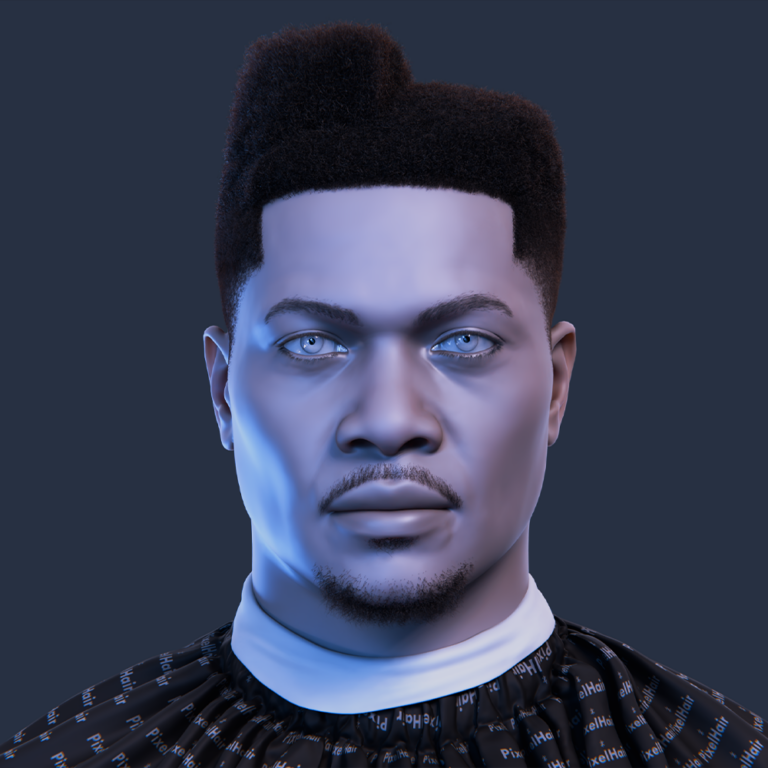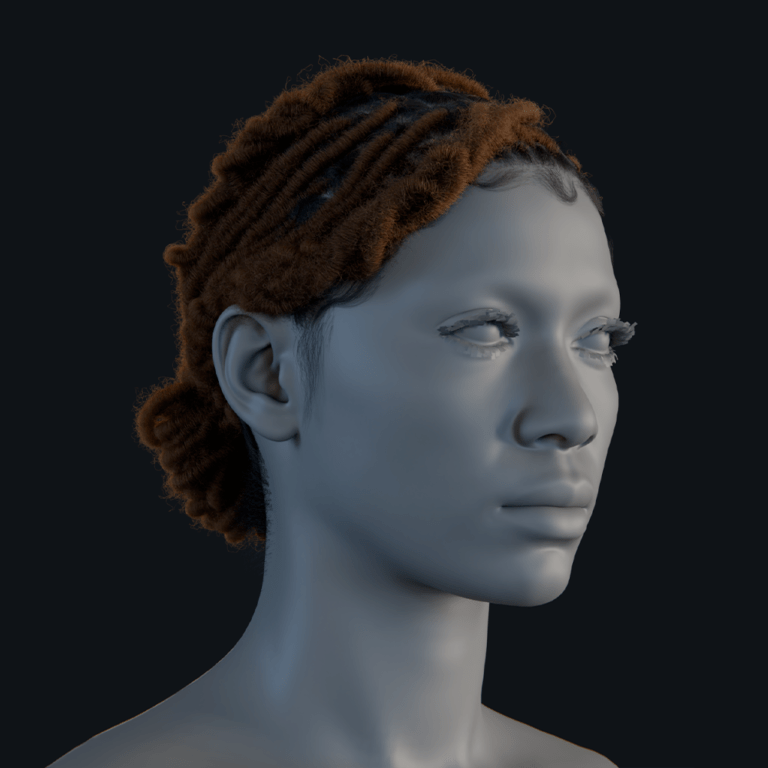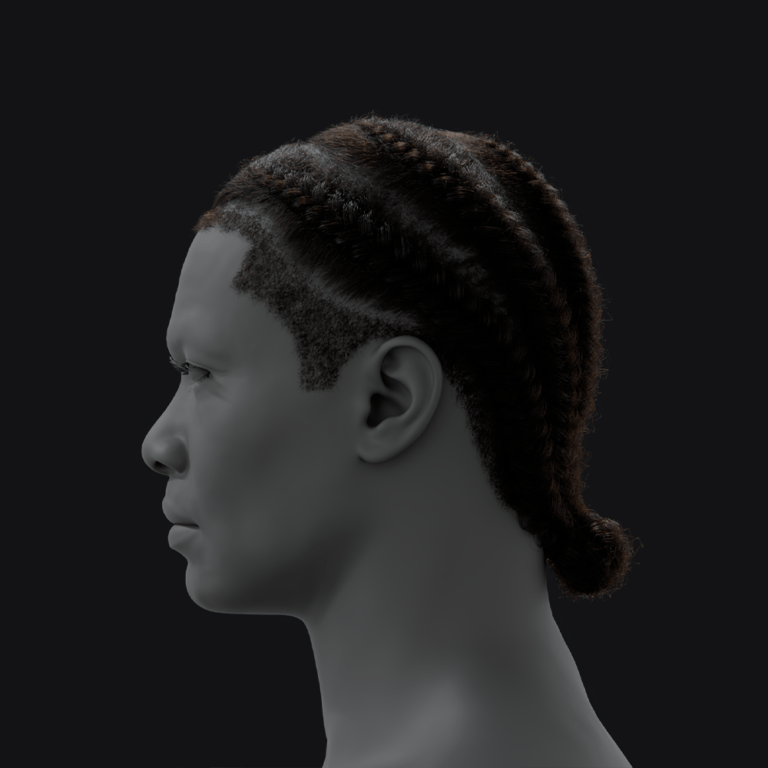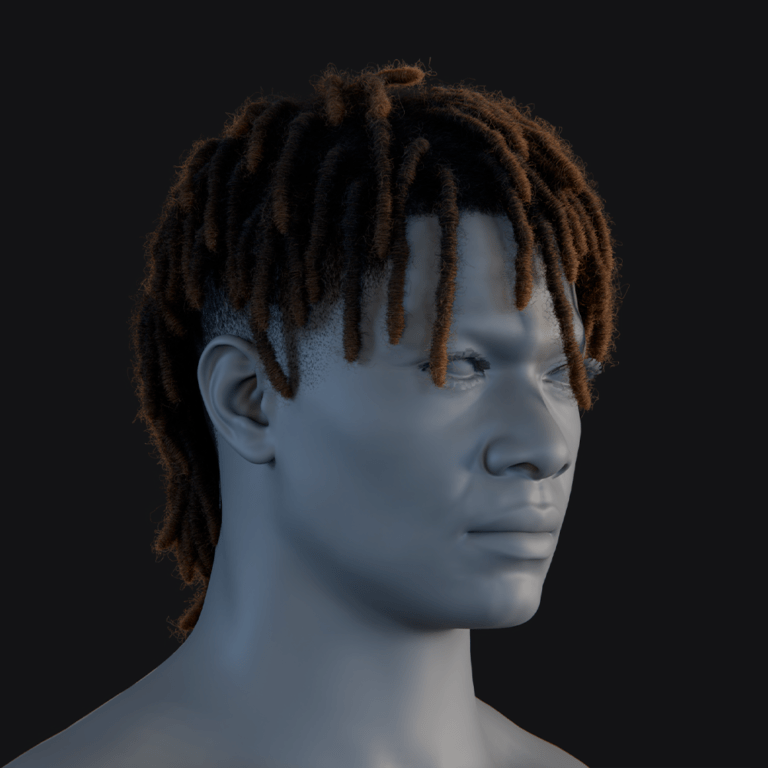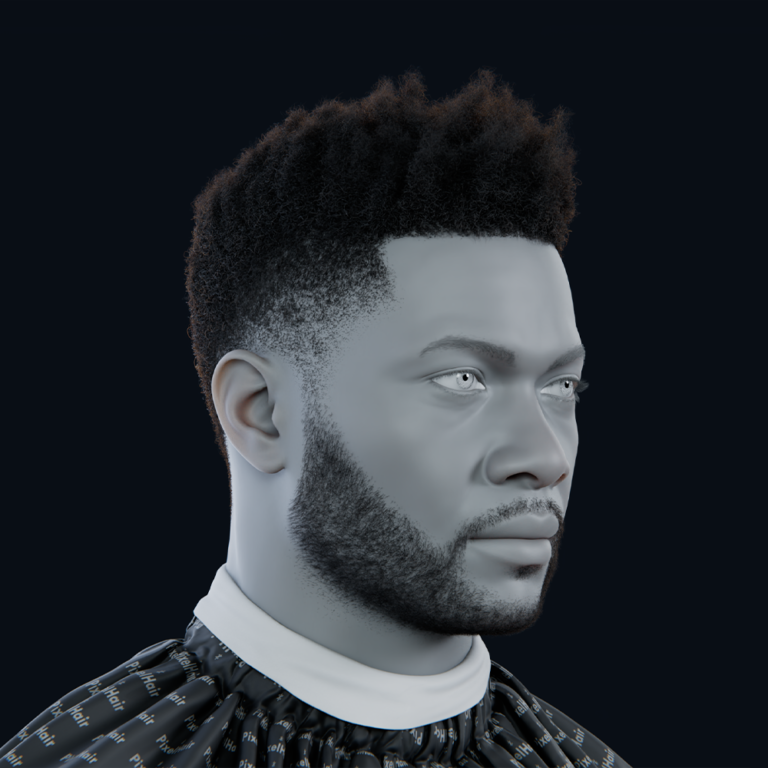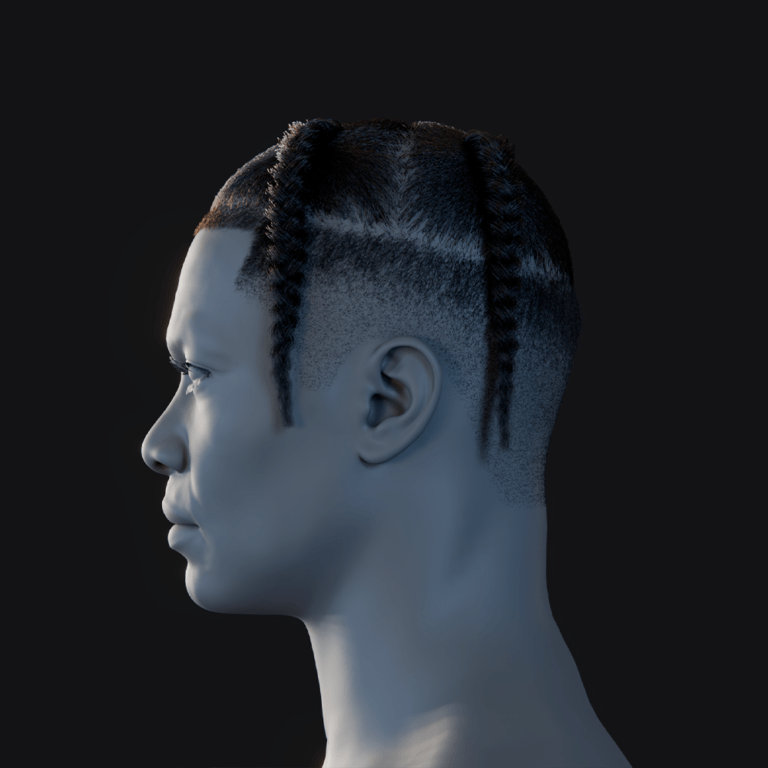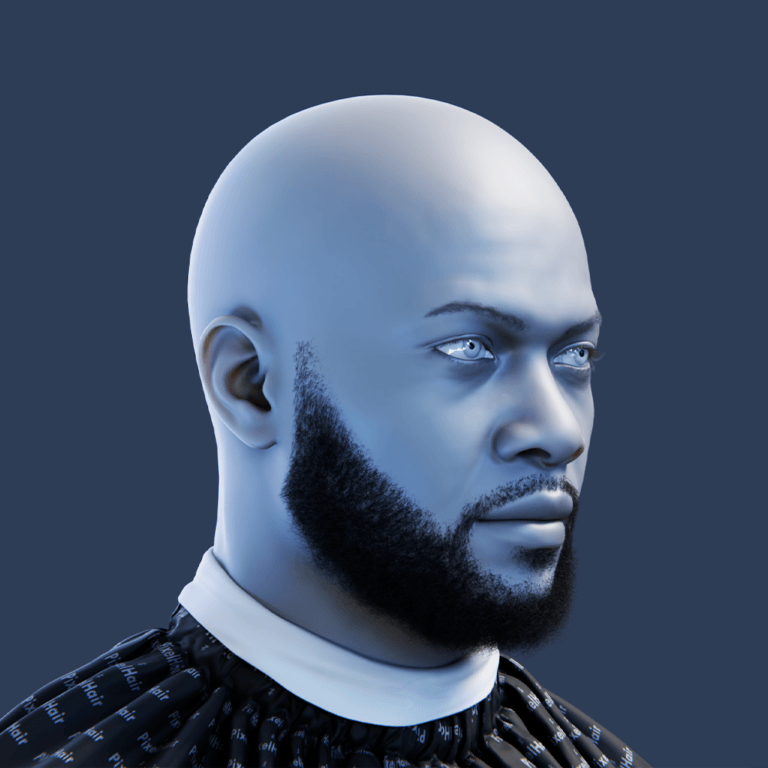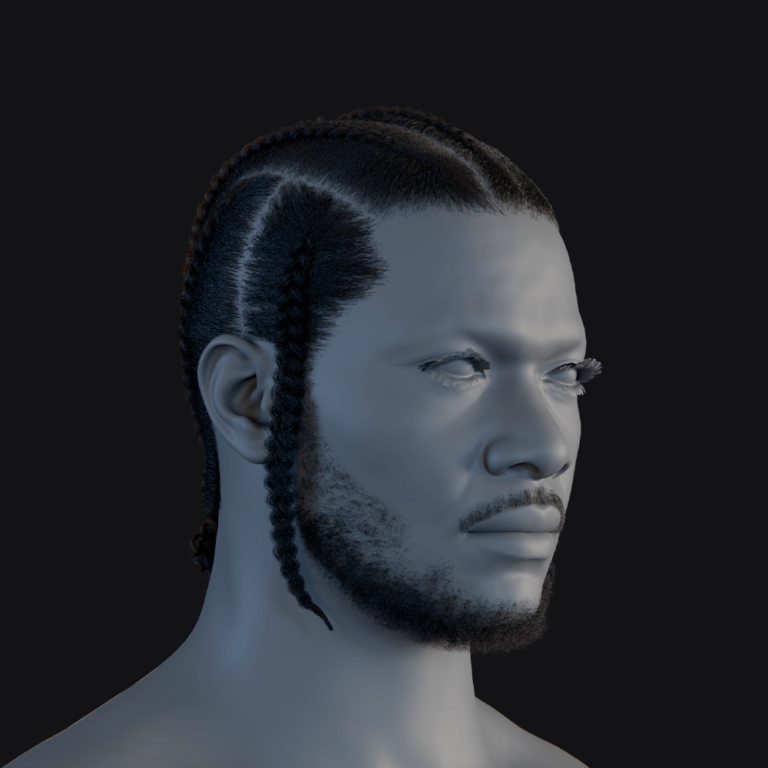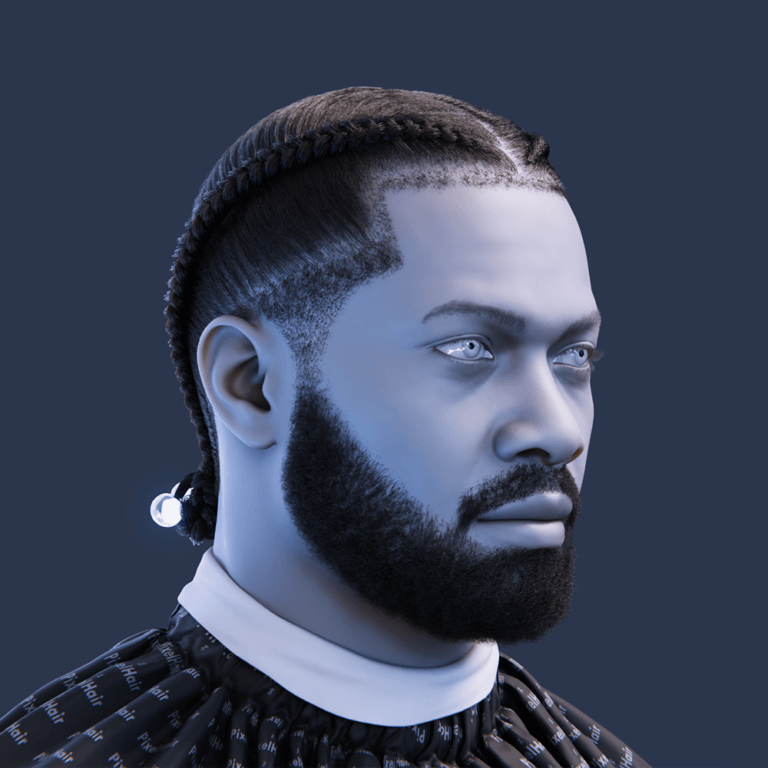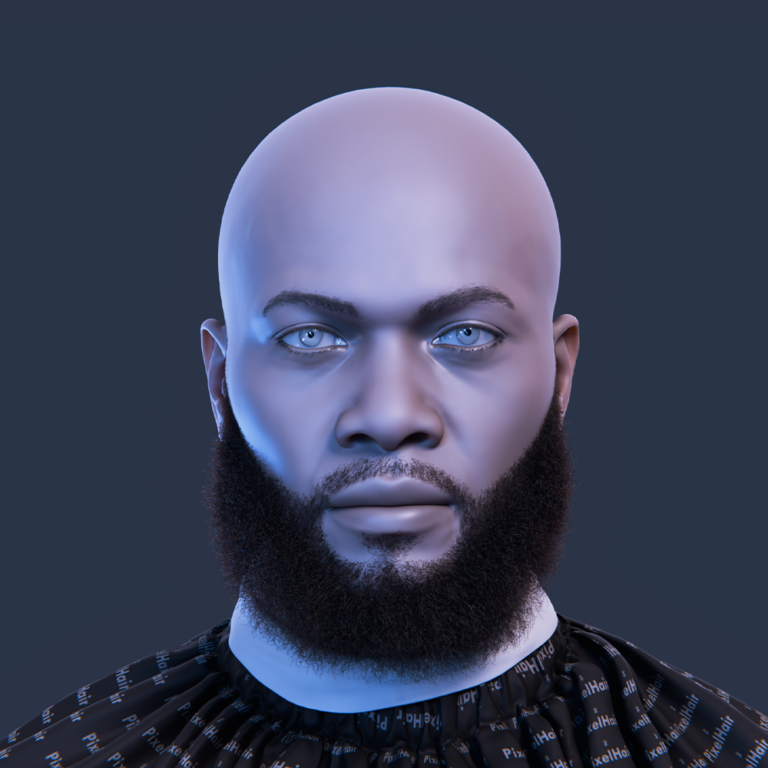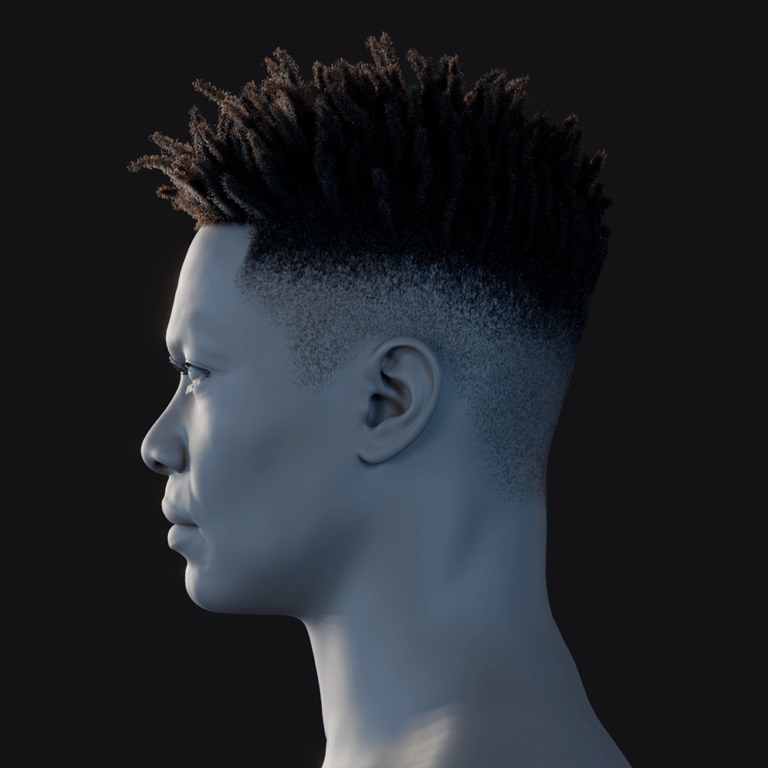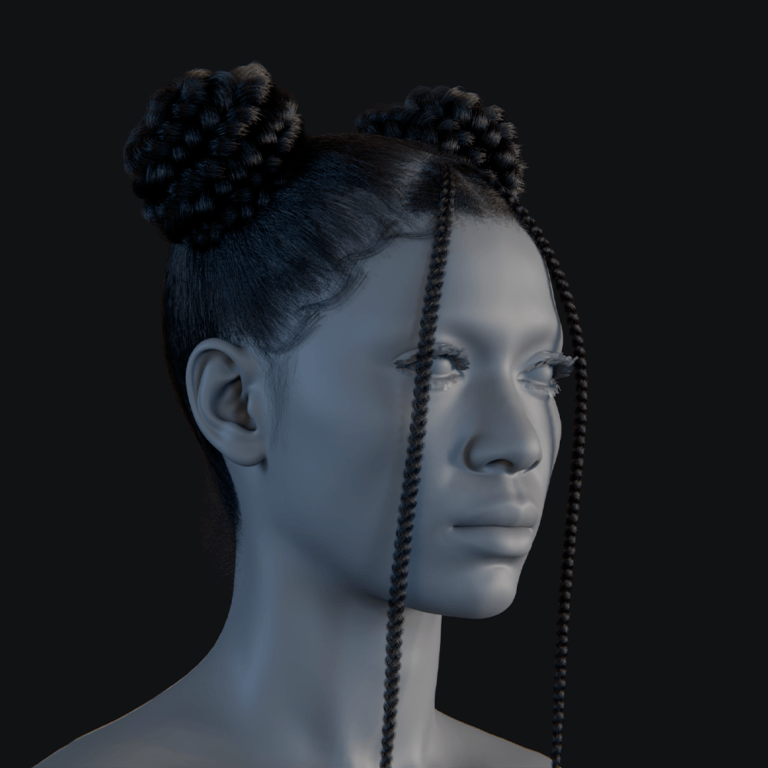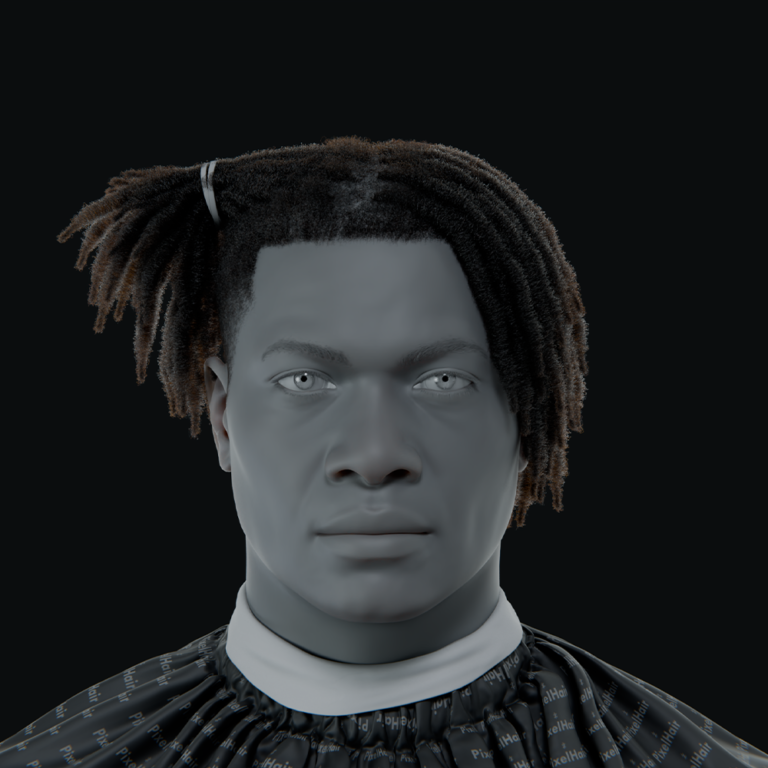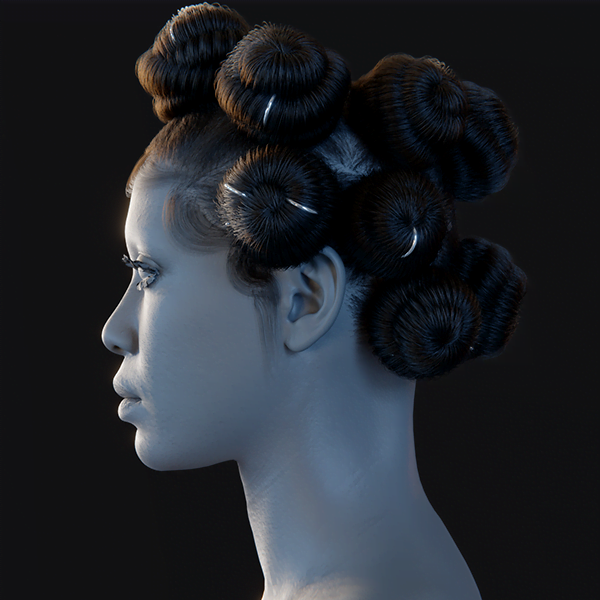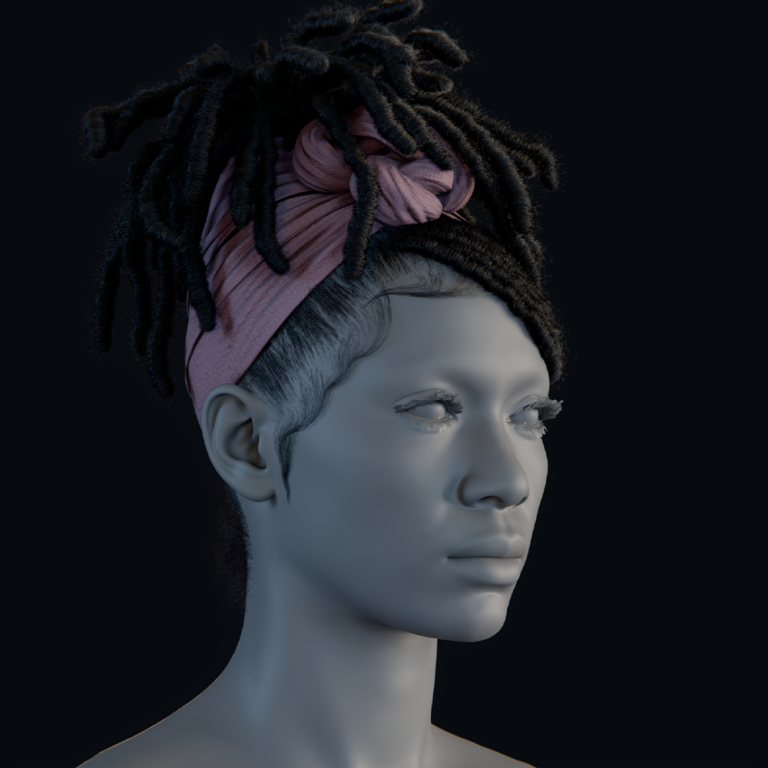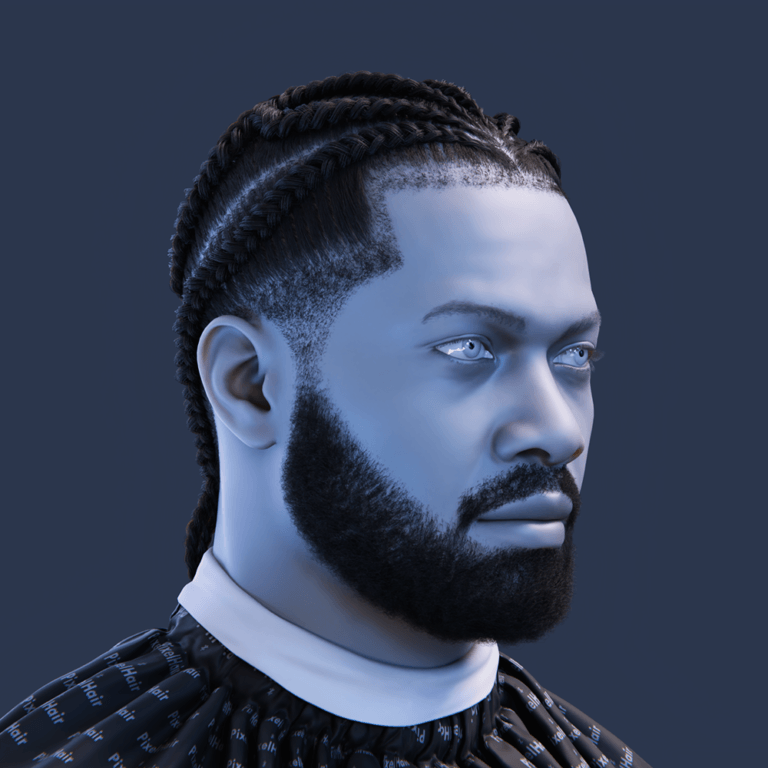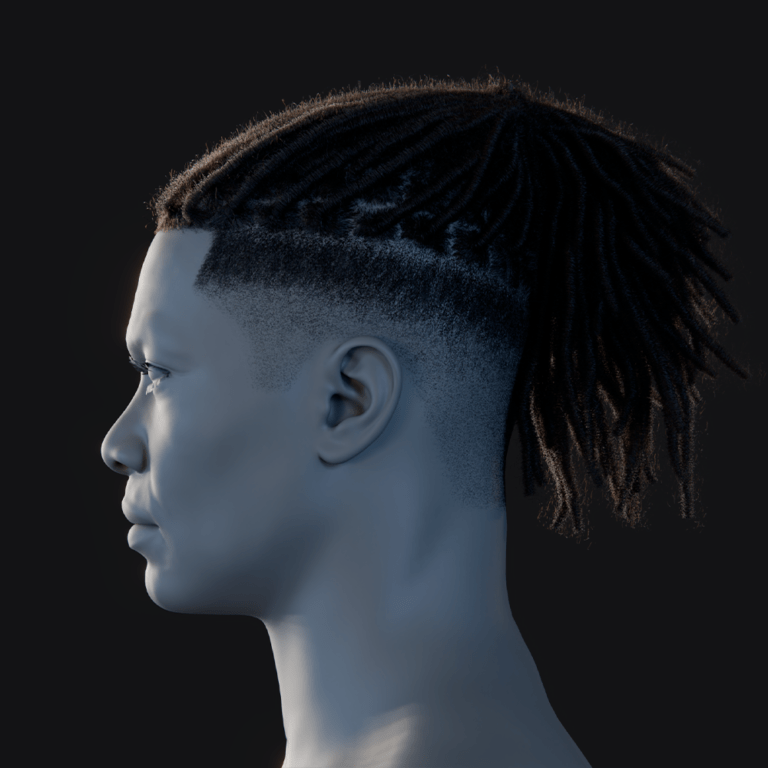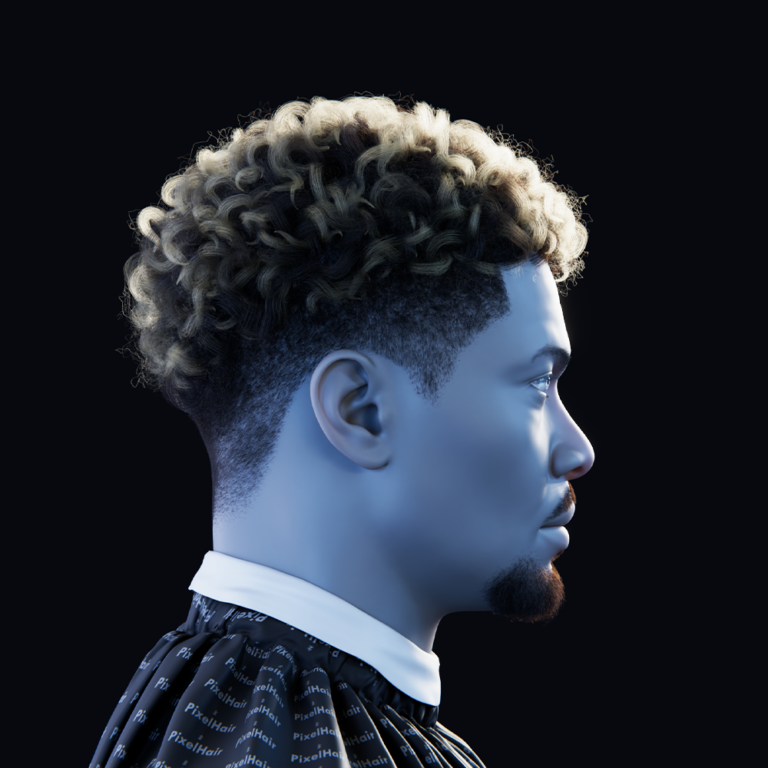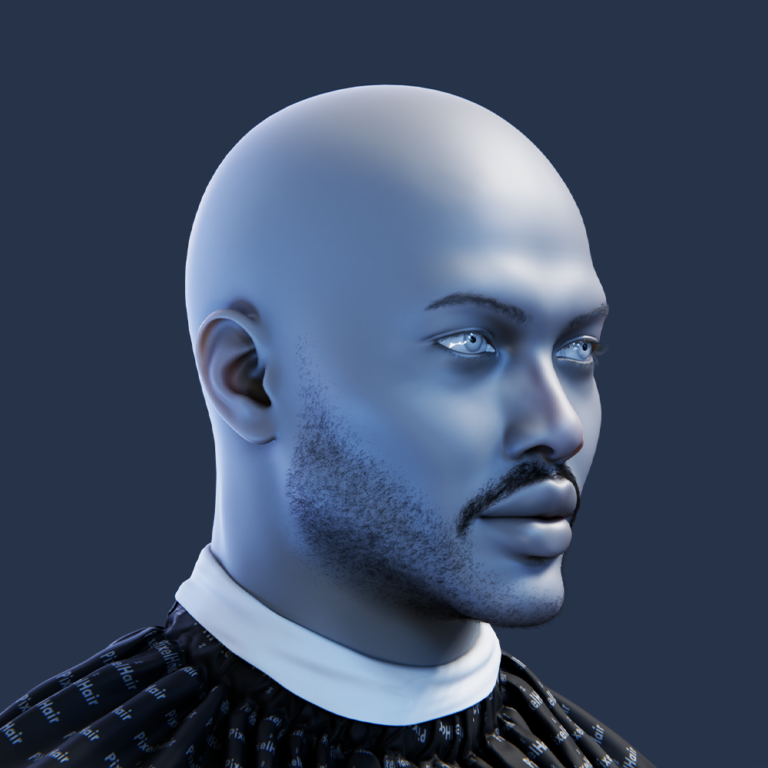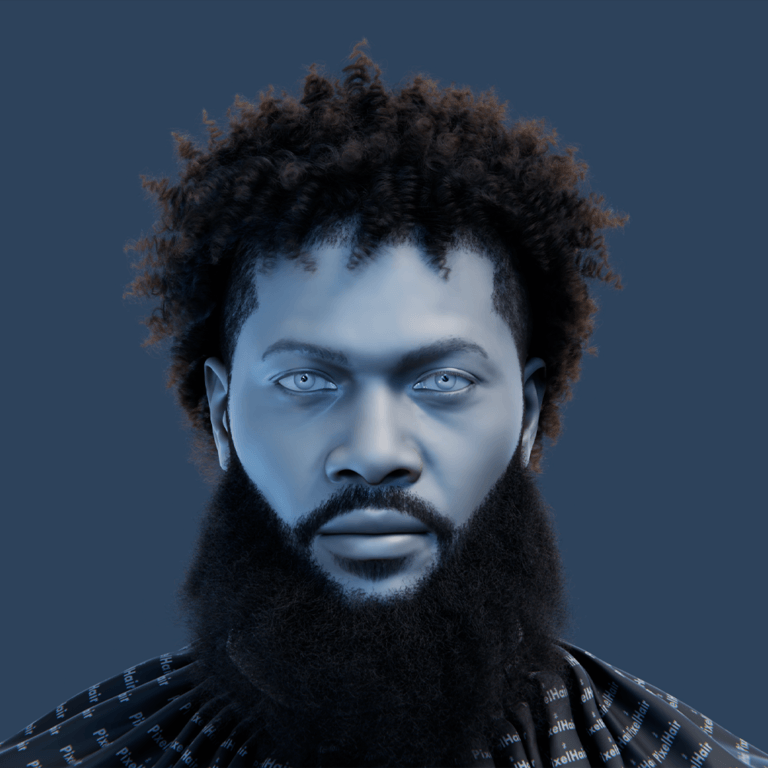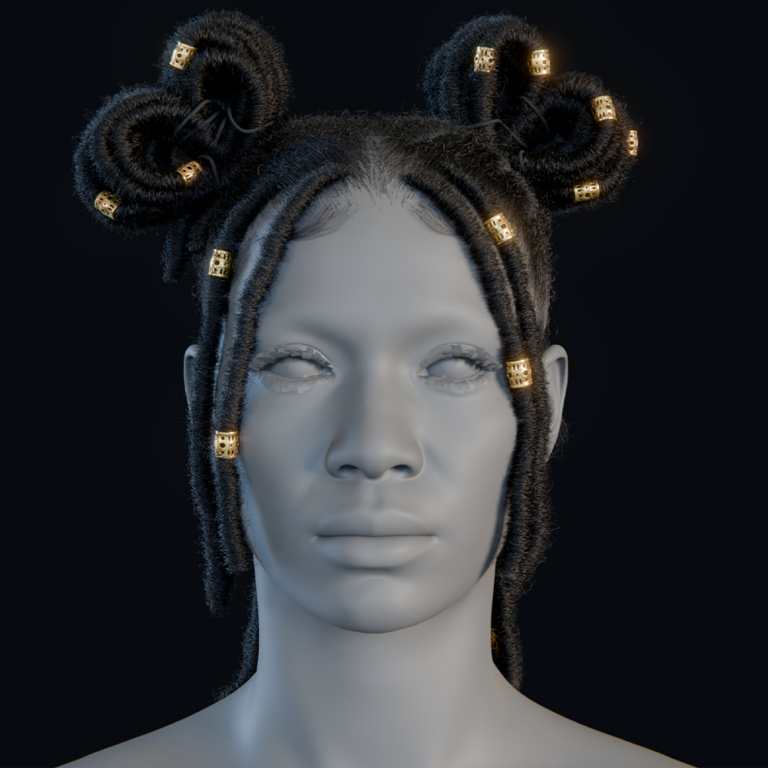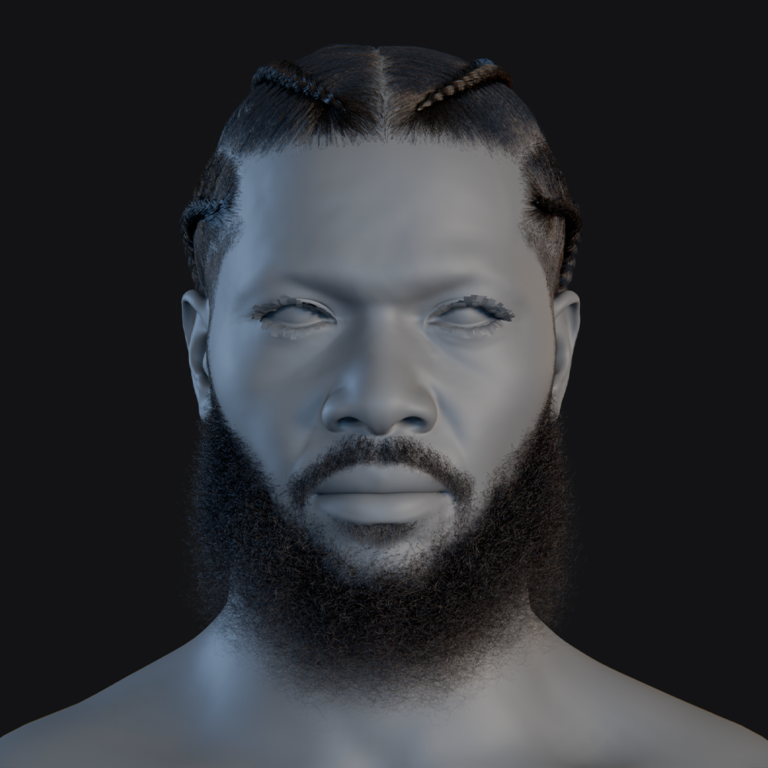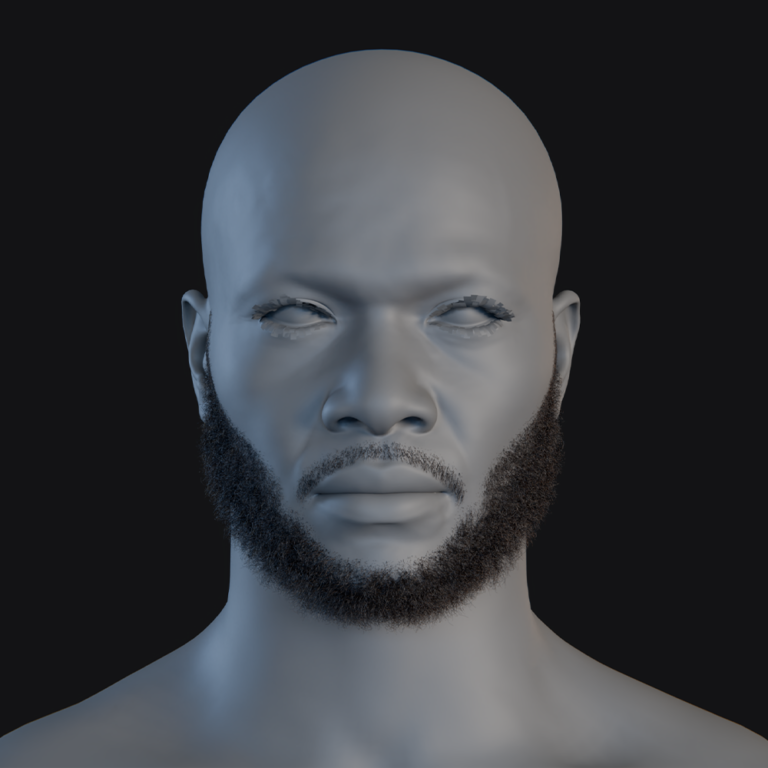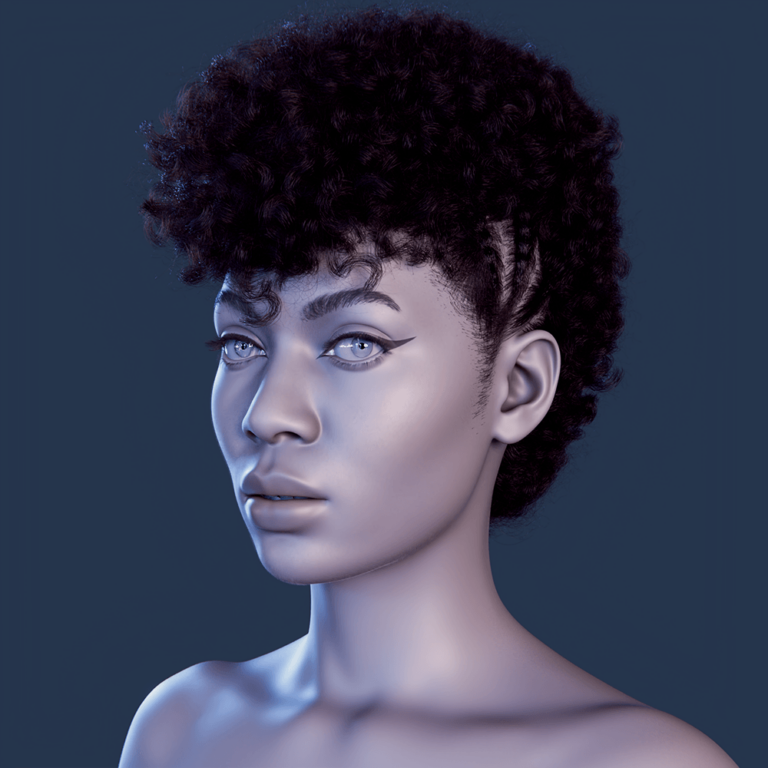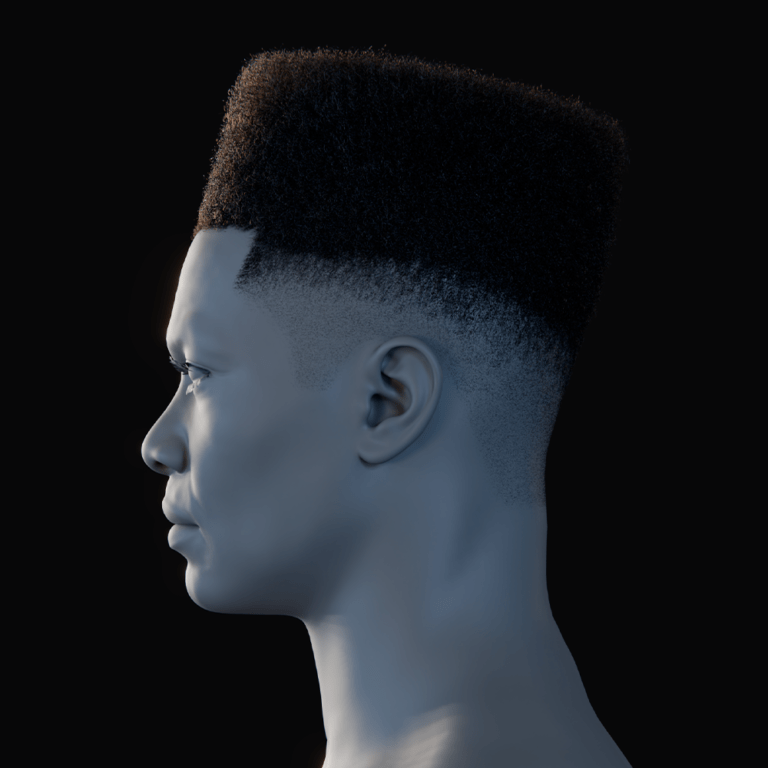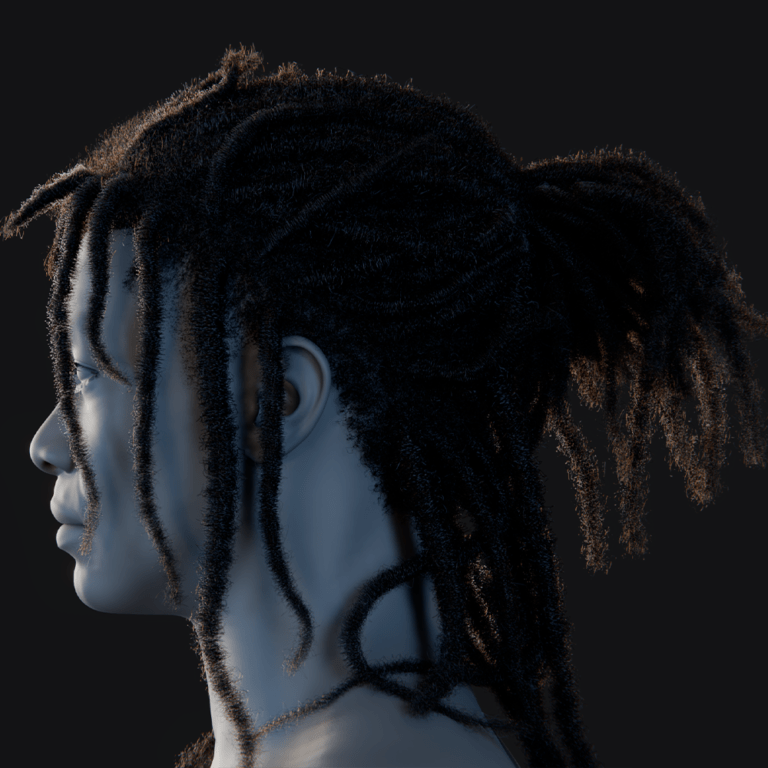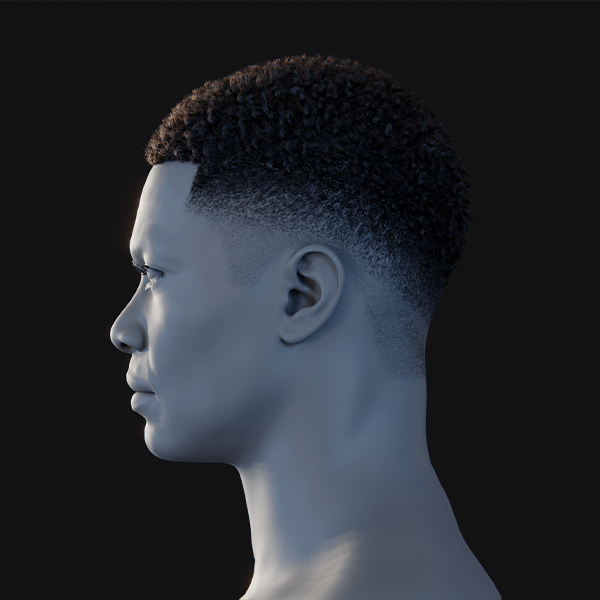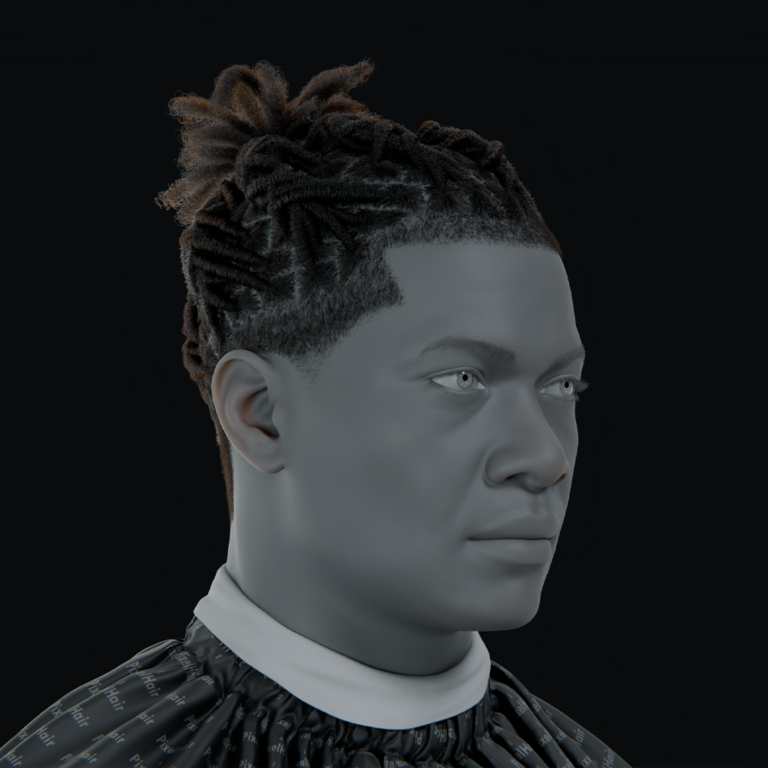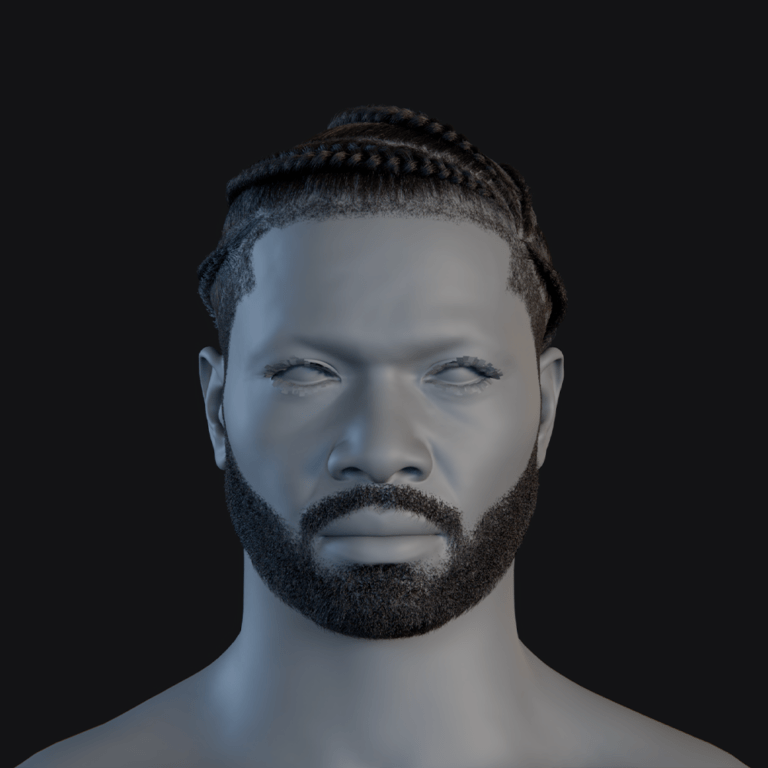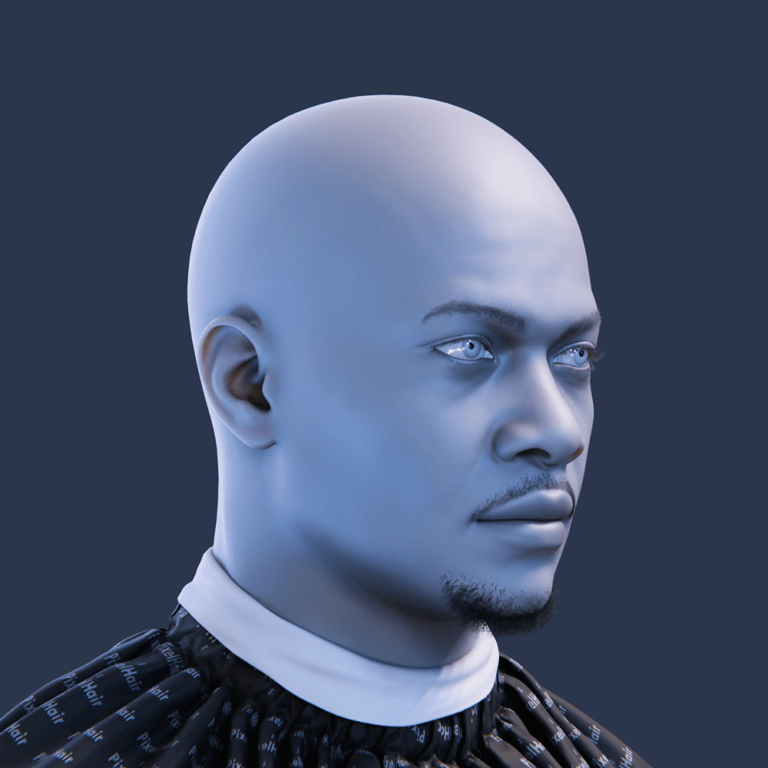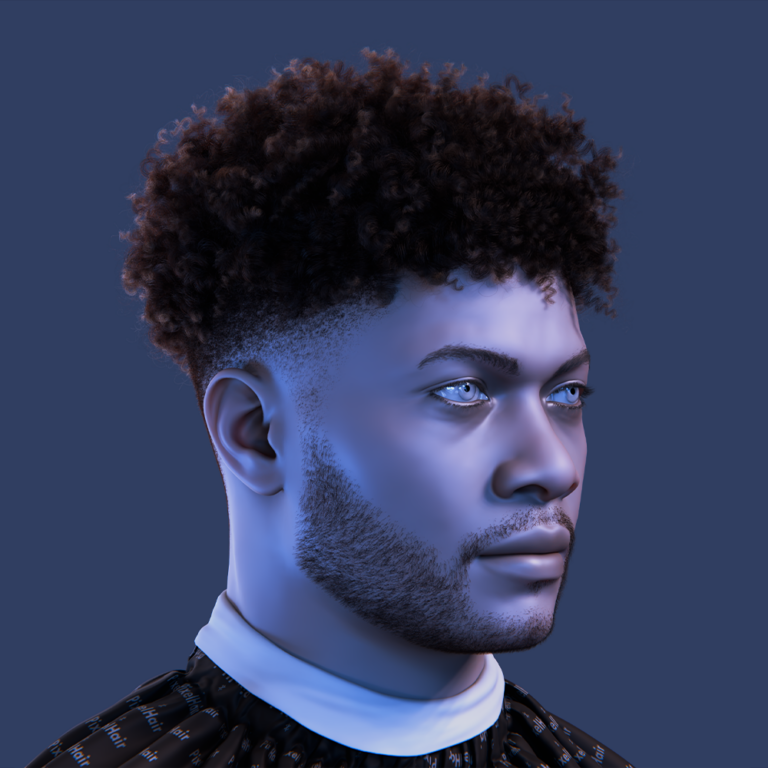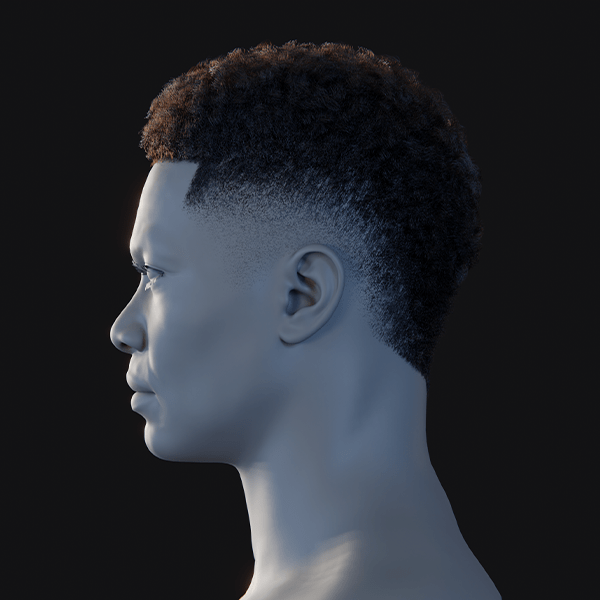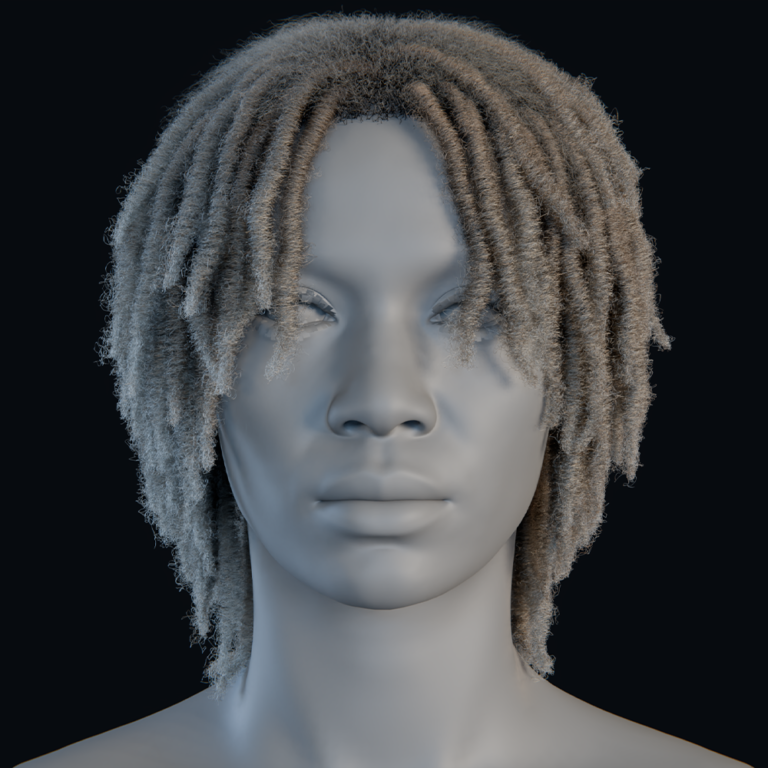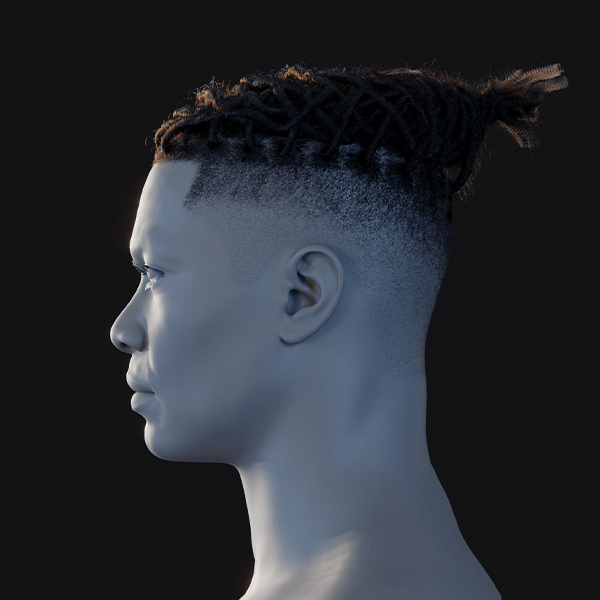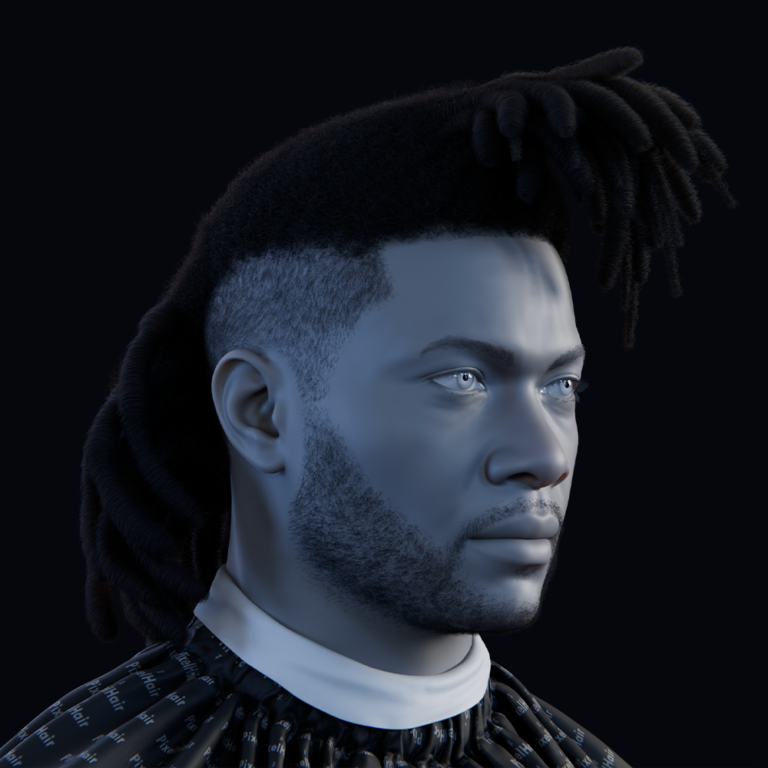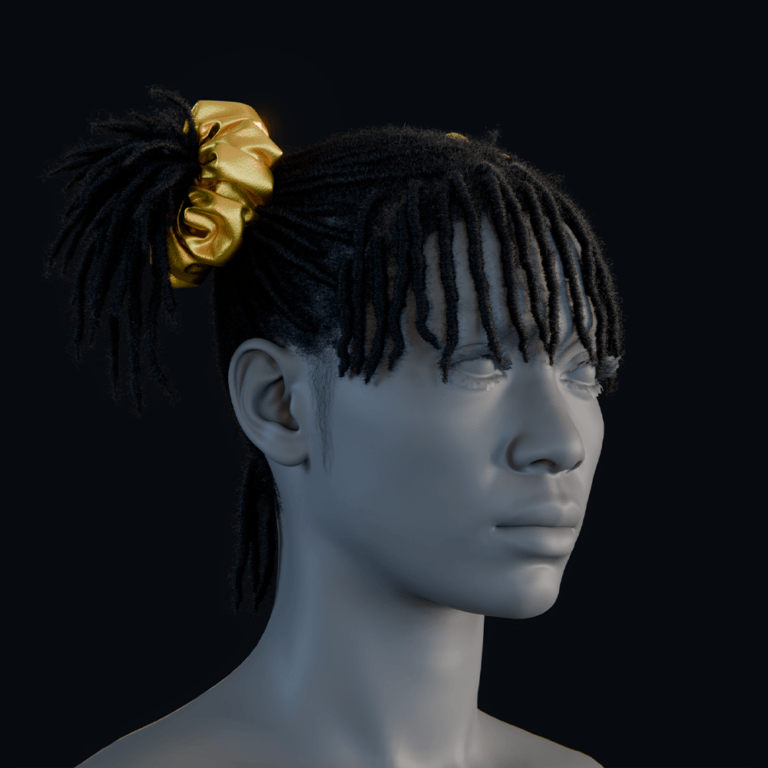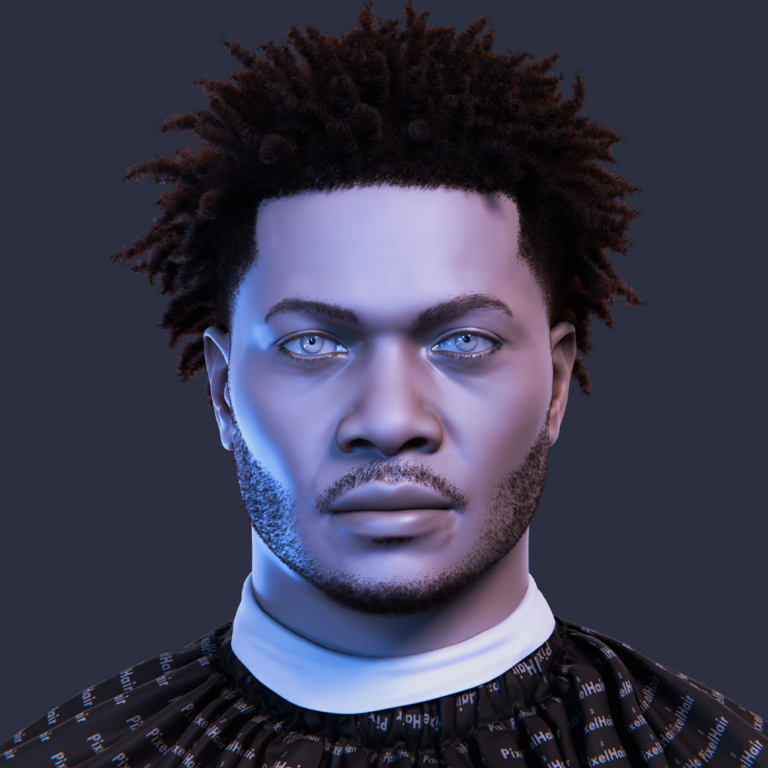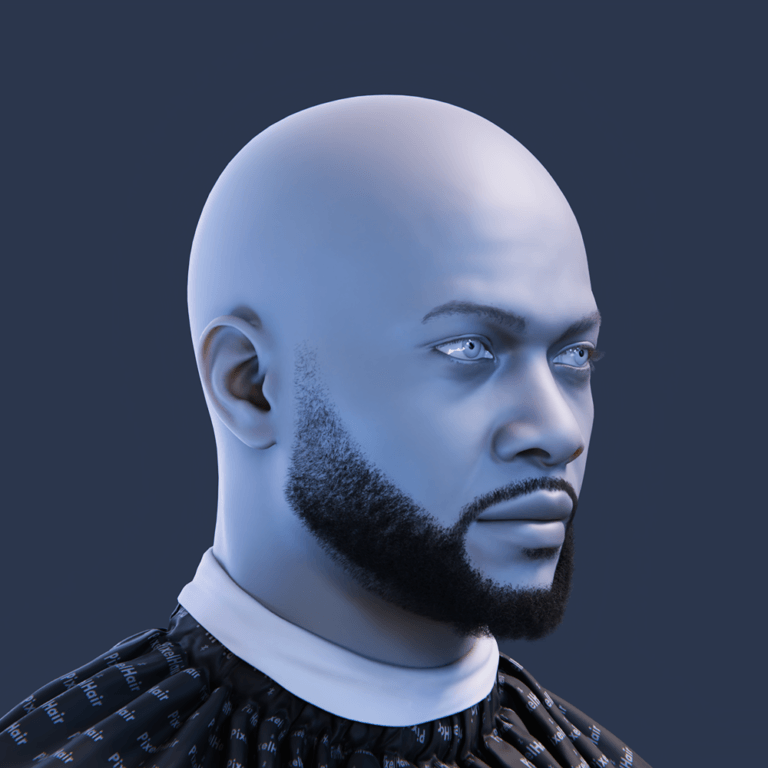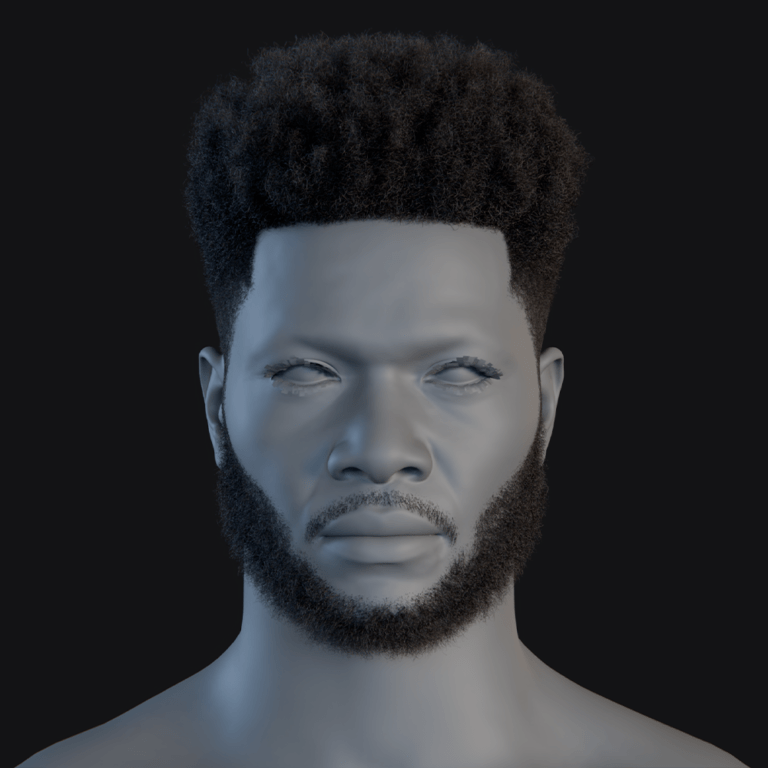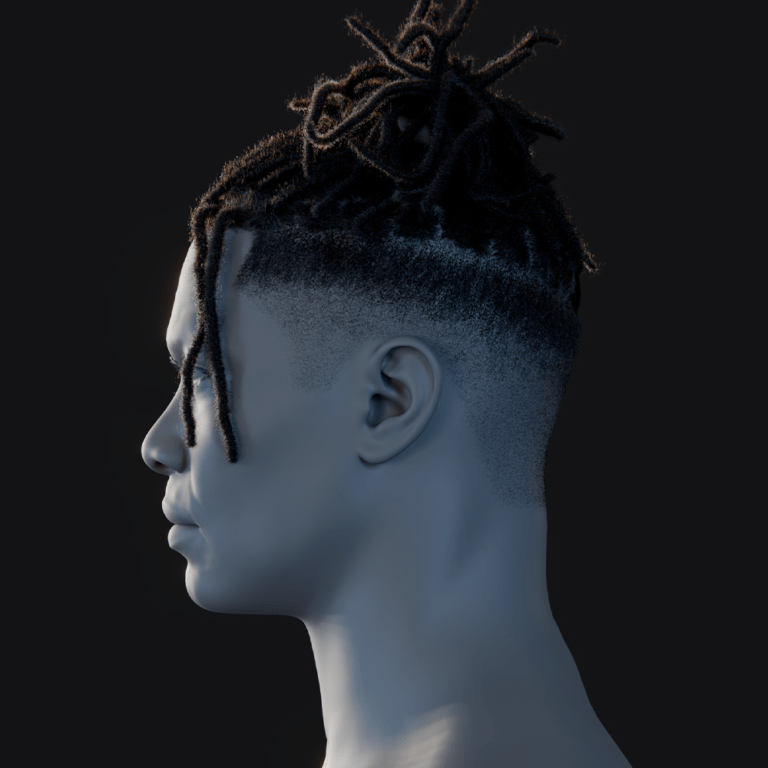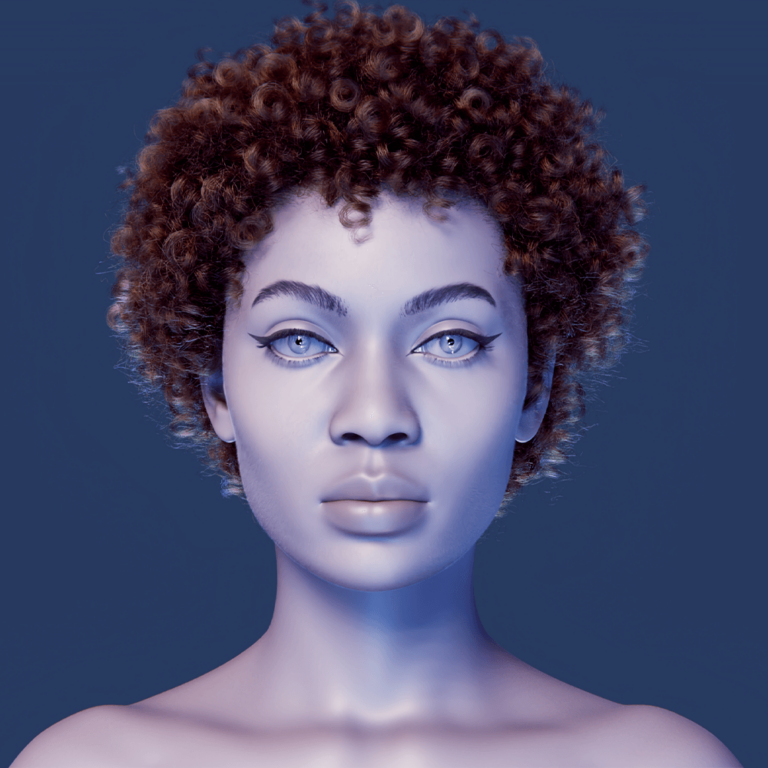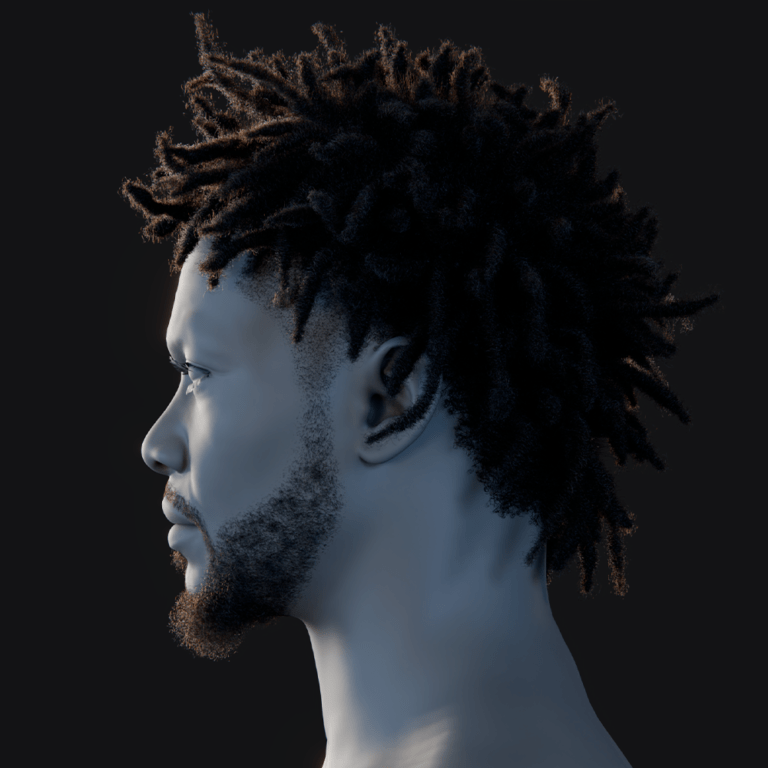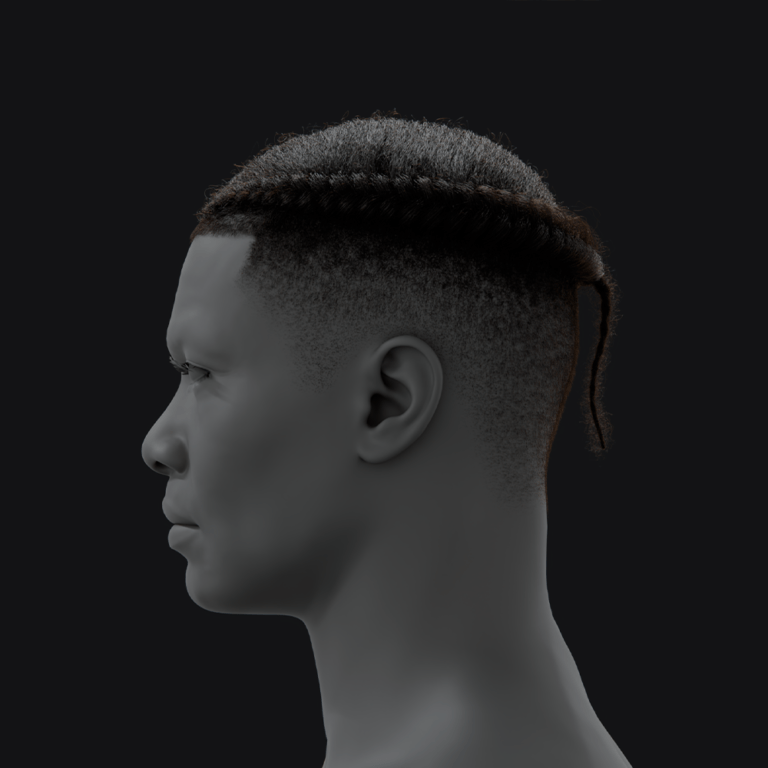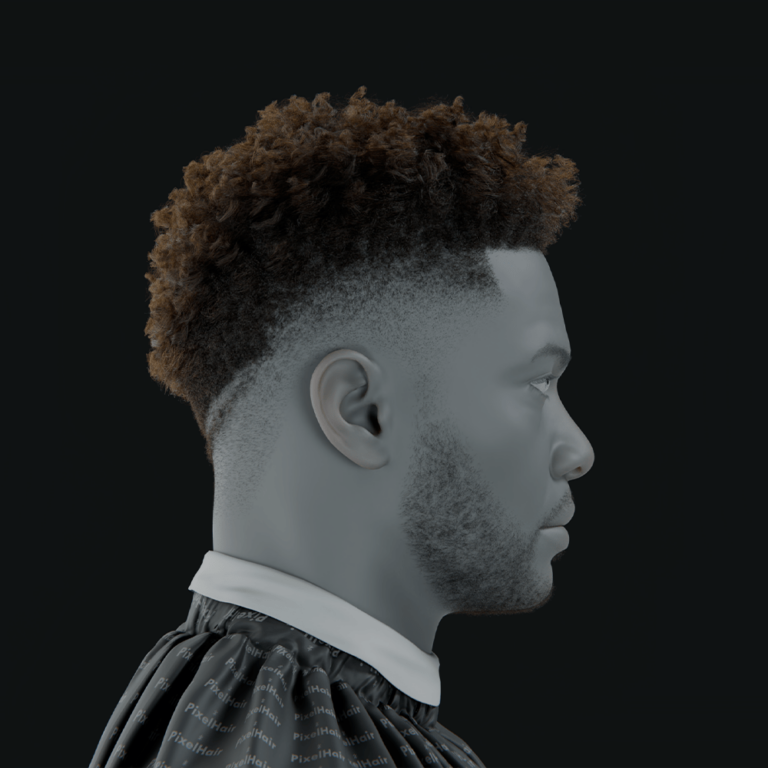Ornatrix is a professional plugin for creating realistic hair, fur, and feathers in 3D modeling and animation. It simplifies complex grooming tasks, allowing artists to focus on creative styling with intuitive controls. Integrated with major 3D software, it supports procedural workflows for non-destructive edits. Used in film, games, and VFX, Ornatrix delivers high-fidelity results for characters and creatures.
Which 3D Software Supports Ornatrix (Maya, 3ds Max, Blender)?
Ornatrix integrates with specific 3D platforms, offering tailored plugins for seamless workflows. Its absence in some software requires users to rely on native tools. The plugin’s compatibility ensures robust grooming capabilities where supported. Below is a detailed breakdown of its availability.
| 3D Software | Ornatrix Plugin Support? | Current Version (2025) | Platform Notes |
|---|---|---|---|
| Autodesk 3ds Max | Yes | Ornatrix 8 for Max | Windows only, supports Max 2014+ |
| Autodesk Maya | Yes | Ornatrix 4 for Maya | Windows, macOS, Linux, supports Maya 2015+ |
| Maxon Cinema 4D | Yes | Ornatrix 3 for C4D | Windows and macOS, aligns with C4D support |
| Unreal Engine | Yes | Ornatrix UE (released 2022) | Plugin for real-time grooming in-engine |
| Blender | No | – | No plugin; Blender uses native hair systems |

How Do I Install Ornatrix in Maya or 3ds Max?
Installing Ornatrix in Maya or 3ds Max is a streamlined process using Ephere’s official installers. It requires downloading, running, and activating the plugin within the host software. The setup ensures Ornatrix integrates smoothly, adding dedicated tools for grooming. Proper installation enables artists to start creating hair systems immediately.
- Download the Installer: Visit Ephere’s download section to obtain the installer for your OS and software (e.g., .msi for Windows, .pkg for macOS). Select the version matching your Maya or 3ds Max release. Ensure compatibility with your software version. Installers are tailored for specific host applications.
- Run the Installer: Execute the installer and follow prompts to select Maya or Max versions for integration. For Linux (Maya), grant execute permissions to the .run file. The installer places plugin files in appropriate directories. It typically completes without manual configuration.
- Activate/Authorize: After installation, authorize Ornatrix with a license file or credentials from Ephere. Trial versions may auto-activate or require a key request. The plugin prompts for activation on first use. This step ensures full functionality.
- Load the Plugin in Maya or 3ds Max: In Maya, use the Plug-in Manager to load Ornatrix, checking “Loaded” and optionally “Auto-load.” In 3ds Max, Ornatrix appears in the modifier stack post-installation. Both add menus and toolbars. Verify by adding a test hair system.
Can Ornatrix Be Used to Create Realistic Hair and Fur?
Ornatrix excels at crafting realistic hair and fur for characters and creatures, proven in high-end productions. Its tools enable detailed strand generation, grooming, and shading for photorealistic results. Artists can achieve lifelike effects with relative ease. The plugin’s capabilities make it a preferred choice for realism.
- Physically-Plausible Hair Strand Generation: Ornatrix generates thousands of strands with natural variation in length and curl. Its procedural system ensures consistency while allowing randomization. This avoids uniform appearances in fur or hair. Artists can fine-tune strand density for authenticity.
- Advanced Grooming Controls: Tools like combing brushes, clumping, and frizz modifiers offer precise styling. Artists can replicate messy animal fur or subtle human hair flyaways. The interface simplifies complex grooming tasks. Realism is enhanced through detailed control over strand behavior.
- Multi-Layered Detail: Ornatrix supports layered fur, such as undercoat and overcoat, or vellus fuzz for humans. Secondary hairs can be scattered for added complexity. This mimics real-world fur structures effectively. Layers enhance visual depth in grooms.
- Materials and Rendering: Ornatrix integrates with hair shaders for renderers like Arnold and V-Ray. It supports effects like global illumination and motion blur. Realistic shading enhances final renders. The plugin ensures efficient data transfer to render engines.

What Are the Main Features of the Ornatrix Plugin?
Ornatrix offers a comprehensive toolset for hair, fur, and feather creation, covering growth, styling, and animation. Its procedural workflow and integration with host apps ensure flexibility and efficiency. Artists benefit from intuitive controls and robust rendering options. Key features streamline complex grooming tasks.
- Procedural Hair Creation: Uses a non-destructive operator stack for step-by-step hair building. Operators like Hair from Guides and Clumping allow flexible adjustments. Artists can tweak any stage without restarting. This fosters experimentation and iterative design.
- Strand Groups & Filtering: Enables selective effects by grouping hairs (e.g., bangs vs. sides). Curl or frizz can apply to specific groups only. This simplifies managing complex styles. Non-destructive filtering enhances workflow efficiency.
- Intuitive Grooming Tools: Offers brushes for interactive combing and cutting in the viewport. Procedural modifiers like Clump and Braid add realistic patterns. Painting arrow guides sets fur flow easily. Tools mimic real-world hairdressing for accessibility.
- Multiple Dynamics Options: Includes Moov Physics for fast hair simulations. Integrates with Maya’s Nucleus or Max’s MassFX for dynamics. A Resolve Collisions operator handles lightweight interactions. These ensure natural movement in animations.
- Tight Host Integration: Feels native in Maya and Max with shelves, toolbars, and undo support. Uses host scripting (Python, Maxscript) for customization. Aligns with software workflows seamlessly. Enhances productivity within familiar environments.
- Rendering Compatibility: Supports renderers like V-Ray, Arnold, and Redshift with native hair primitives. Ensures motion blur and depth of field work correctly. Provides high-quality hair shading. Broad compatibility suits diverse production needs.
- Import/Export and Pipeline Tools: Exports grooms as Alembic or USD for interchange. Imports external curves for flexibility. Facilitates cross-software workflows (e.g., Maya to Max). Supports modern studio pipelines effectively.
- Feathers and Foliage: Generates procedural feathers with bending control. Instances geometry (e.g., leaves) on strands for grass or tufts. Blends multiple UVs for advanced texturing. Expands Ornatrix beyond traditional hair uses.
- Groom Presets and Reusability: Saves grooms as presets for reuse across models. Graft Grooms apply base styles quickly. Speeds up initial setup significantly. Customizable presets enhance efficiency.
- Performance and Display Options: Toggles guide vs. full hair display for viewport speed. Caches simulations for reuse. Uses Embree acceleration for faster feedback. Optimizes performance for complex grooms.
How Does Ornatrix Compare to Native Grooming Tools in Maya or Blender?
Ornatrix provides a polished grooming experience compared to Maya’s XGen and Blender’s native tools. It offers a unified, interactive workflow with robust features, while native tools vary in complexity and integration. Artists weigh ease of use against built-in availability. Below is a comparison of key aspects.
| Aspect | Ornatrix (for Maya/Max) | Maya’s Native Grooming (XGen) | Blender’s Native Grooming |
|---|---|---|---|
| Workflow Paradigm | Procedural, non-destructive modifier stack; interactive brushing and parametric tweaks. | XGen Legacy: procedural but complex; Interactive XGen: brush-based, less flexible. | Particle Hair (legacy); Geometry Nodes (3.3+): procedural, node-based, curve-driven. |
| Ease of Use | Artist-friendly UI with one-click tasks; moderate learning curve, intuitive tools. | Steeper curve; Legacy XGen complex, Interactive easier but limited; troubleshooting tricky. | Geometry Nodes technical but improving; node assets simplify; still less polished. |
| Dynamics | Moov Physics and host integration (nCloth, MassFX); easy-to-set-up dynamics modifiers. | No dedicated simulator; uses nHair/nCloth, requiring extra steps for dynamics. | Uses cloth physics as workaround; no dedicated hair simulation yet; basic but functional. |
| Rendering Support | Supports Arnold, V-Ray, Redshift, etc., with efficient hair primitives and effects. | Strong Arnold integration; supports V-Ray, Renderman; high quality but memory-heavy. | Cycles/Eevee rendering; limited to Blender’s shaders, fewer third-party options. |
| Pipeline Integration | Exports Alembic/USD; seamless cross-software transfers; scripting for automation. | Exports Alembic/curves; less flexible transfers; studio conversion often needed. | Exports curves/meshes; limited procedural data retention; USD support experimental. |

Is Ornatrix Good for Game Hair and Real-Time Workflows?
Ornatrix supports game hair creation by enabling high-quality grooms to be converted into real-time assets like hair cards. Its tools bridge cinematic detail with optimized game formats. Integration with Unreal Engine enhances its real-time utility. Artists can maintain fidelity while meeting performance needs.
- Hair Cards Generation: Creates hair cards from strands or strips for game engines. Generates UVs and bakes textures (color, alpha) for cards. Simplifies transitioning from detailed grooms to real-time assets. Ensures visual quality in optimized formats.
- Real-Time Hair Plugins (Unreal): Ornatrix UE allows direct grooming in Unreal Engine. Exports grooms as Alembic for Unreal’s Groom system. Offers smoother integration than XGen for real-time. Supports dynamic hair in game environments.
- Hair Texturing and LODs: Generates high- and low-detail grooms for cinematics vs. gameplay. Adjusts hair count or converts to meshes for LODs. Bakes textures like flow maps for engines. Streamlines multi-resolution asset creation.
- Hair Cards Generation: Creates hair cards from strands or strips for game engines. Generates UVs and bakes textures (color, alpha) for cards. Simplifies transitioning from detailed grooms to real-time assets. Ensures visual quality in optimized formats.
- Real-Time Hair Plugins (Unreal): Ornatrix UE allows direct grooming in Unreal Engine. Exports grooms as Alembic for Unreal’s Groom system. Offers smoother integration than XGen for real-time. Supports dynamic hair in game environments.
- Hair Texturing and LODs: Generates high- and low-detail grooms for cinematics vs. gameplay. Adjusts hair count or converts to meshes for LODs. Bakes textures like flow maps for engines. Streamlines multi-resolution asset creation.
- Performance Considerations: Prepares assets in DCC tools for engine export. Simulates and bakes animations for cutscenes. Converts grooms to FBX hair cards for gameplay. Ensures precise control over real-time hair placement.
What are the benefits of using Ornatrix over XGen or Blender’s hair curves?
Ornatrix surpasses Maya’s XGen and Blender’s hair system with a unified, responsive workflow. It offers real-time grooming feedback, non-destructive edits, and robust dynamics via Moov Physics. Alembic and USD exports ensure pipeline compatibility, while features like symmetry and feather tools enhance flexibility. Active support and optimized performance make Ornatrix reliable for complex grooms.
- Unified Workflow: Ornatrix delivers consistent hair creation across Max and Maya. Unlike XGen’s Maya-only or Blender’s isolated system, it uses one operator-based approach. This simplifies learning and grooming tasks. Artists can switch hosts without relearning tools.
- Better Interactivity and Feedback: Ornatrix’s interface updates instantly during grooming. Combing or cutting shows real-time results, unlike XGen’s lag or Blender’s slower nodes. Artists iterate faster with intuitive controls. This responsiveness enhances creative efficiency.
- Non-Destructive Editing: Ornatrix allows operator changes anytime, unlike XGen’s restrictive sculpting. Add curls late without regrooming, a limitation in older Blender hair. This flexibility saves time. Edits remain adjustable throughout the process.
- Robust Dynamics Integration: Moov Physics integrates seamless hair simulation. XGen requires nHair conversion, and Blender’s physics are less mature. Ornatrix combines grooming and dynamics efficiently. Animators benefit from this all-in-one solution.
- Cross-Platform and Pipeline Friendly: Alembic and USD exports transfer grooms across apps. XGen and Blender hair lack such portability. Ornatrix integrates with standard pipeline tools easily. Studios favor this interoperability for collaborative workflows.
- Features and Flexibility: Ornatrix includes symmetry, feather, and scatter tools. XGen’s feather hacks are less intuitive, and Blender lacks specialized features. These extras streamline complex grooms. Artists achieve diverse effects with ease.
- Support and Community: Ornatrix offers active forums, Discord, and updates. XGen’s Autodesk support is slower, and Blender relies on community fixes. Tutorials and user tips accelerate learning. Ephere’s responsiveness aids artists effectively.
- Performance on Complex Grooms: Intel Embree optimizes Ornatrix for dense grooms. XGen slows in viewports, and Blender nodes can lag. Toggle guide or full hair for smooth work. This ensures efficiency with heavy assets.
- Experience and Stability: Ornatrix’s decade-long development ensures reliability. XGen has quirks, and Blender’s new system is untested. Ornatrix handles production demands consistently. Its maturity supports tight deadlines confidently.

How Do I Create and Style Hair Guides in Ornatrix?
Ornatrix uses guides as control hairs for grooming, with interpolation creating full hairstyles. Artists shape guides interactively for precise styles, supported by non-destructive tools. The process mirrors real hair styling, offering direct control without map repainting. Ornatrix’s intuitive brushes ensure detailed grooms efficiently. Guide quality drives the final hair’s appearance significantly. Iteration refines styles seamlessly within the workflow.
- Adding Hair (and Guides) to an Object: Select a mesh to add an Ornatrix hair stack, generating guides via Guides From Surface. Set guide count for desired density. These placeholders kickstart grooming. Guides form the basis for styling control.
- Editing Guides:
- Comb Brush: Drag to bend guides in any direction, shaping flow. Ornatrix follows strokes for natural styling. This tool ensures quick, broad adjustments. It’s ideal for setting overall hair structure.
- Length Brush: Brush to grow or trim guide lengths precisely. Adjusts size intuitively in the viewport. Perfect for tailoring haircuts. Length control refines groom proportions effectively.
- Puff/Smooth: Push guides for volume or relax them for flatness. Controls hair fullness interactively. Smooth ensures clean transitions. Puff adds dramatic flair to styles.
- Cut: Click near tips to shorten guides accurately. Gizmos allow CV manipulation for precision. Simplifies trimming tasks. Cut refines shapes with fine-tuned control.
- Creating/Deleting Guides: Add guides via painting for detailed areas like partings. Delete excess guides to simplify grooms. Guides from Surface adjusts density dynamically. This ensures optimal control over styling regions.
- Symmetry and Sections: Mirror edits with symmetry for balanced grooms, saving time. Group guides into Strand Groups for isolated styling, like bangs. Symmetry streamlines symmetrical hairstyles. Grouping enhances regional precision efficiently.
- Guide Channels: Store shape or color data for advanced effects, though optional for beginners. Channels add custom control subtly. Intuitive tools usually suffice otherwise. Channels support complex, tailored grooms when needed.
- Using Reference Curves or Meshes: Convert NURBS curves or mesh strips into guides for pre-modeled shapes. Ideal for braids or clumps, integrating external designs. This ensures accurate, planned hairstyles. It bridges modeling with grooming seamlessly.
- Refining Guide Shape: Surface Comb aligns guides to surface flow for natural fur. Guide Clustering enforces patterns before hair generation. Enhances groom cohesion automatically. Ensures styles follow intended directions accurately.
- Hair from Guides: Interpolate thousands of hairs from guides using Hair From Guides. Set hair count for density control. Guide styling dictates final appearance. Creates full grooms from sparse control hairs.
- Iterate and Adjust: Non-destructively tweak guides post-hair generation to fix issues. Adjust a guide to correct tufts, updating hairs instantly. Supports ongoing refinement easily. Iteration fosters creative flexibility throughout grooming.
Can I Simulate Dynamic Hair Movement Using Ornatrix?
Ornatrix enables realistic hair dynamics for animation, offering multiple simulation methods. Moov Physics provides fast, integrated motion, while host solver options add flexibility. Guide-based simulation optimizes performance for dense grooms. Caching ensures pipeline efficiency during rendering. Controls like pinning refine motion accuracy. Artists achieve lifelike hair behavior with ease.
- Moov Physics (Ornatrix’s built-in simulator): Moov applies stable dynamics via an operator, simulating swaying or bouncing. Tune stiffness and damping for varied effects. Integrated, it requires no external tools. Artists trigger simulations instantly for efficiency.
- Legacy Dynamics (in 3ds Max): Older Dynamics used Max’s MassFX, now replaced by Moov. Found in legacy scenes, it’s less efficient. Moov is preferred for modern projects. It’s outdated but functional for old files.
- Using Host Physics (nHair/nCloth in Maya): Convert guides to nHair or nCloth for Maya’s nucleus solver. Feed results back to Ornatrix for hair. Suits scenes with nCloth interactions. Technical but effective for specific needs.
- Art-directed Dynamics (no-sim collision): Resolve Collisions prevents clipping without full simulation. Ideal for short fur, ensuring clean visuals. Lightweight and fast to apply. Maintains groom integrity simply.
- Simulation Caching: Animation Cache bakes motion for playback without resimulating. Save per-frame caches or export Alembic for pipelines. Critical for render farm efficiency. Ensures consistent dynamics across renders.
- Settings and Control: Pin roots or use strand groups to constrain motion. Set collision objects to avoid clipping with geometry. Enhances simulation precision effectively. Allows targeted dynamics for specific areas.
- Performance: Simulate guides to propagate motion, keeping high counts efficient. Avoids per-strand calculations for speed. Manages dense grooms smoothly. Balances quality with performance demands well.
- External Sims: Export via Alembic for tools like Houdini, though rarely needed. Moov and nHair cover most cases. External sims suit niche scenarios only. Ornatrix’s tools streamline standard dynamics.

What Render Engines Are Compatible with Ornatrix Hair and Fur?
Ornatrix supports major render engines, rendering hair as native curves for efficiency. Its versatility accommodates diverse pipelines, ensuring seamless integration. Artists assign hair shaders and render without complex setups. Compatibility spans offline and real-time engines broadly. Grooms remain intact across renderer switches. This flexibility suits varied project needs effectively.
- V-Ray: V-Ray renders Ornatrix hair procedurally with its hair shader. Widely used, it ensures efficient, realistic results. Studios favor this reliable combination. Ornatrix optimizes V-Ray’s hair capabilities seamlessly.
- Arnold: Arnold uses its curves system and aiStandardHair for Ornatrix hair. Recent updates boost performance in Maya and Max. Delivers robust, high-quality rendering. Ornatrix integrates effortlessly with Arnold.
- Redshift: Redshift’s Hair shader renders Ornatrix strands via GPU. Fast and effective for dense grooms. Popular in Maya and Max workflows. Ornatrix enhances Redshift’s rendering speed.
- Corona Renderer: Corona supports Ornatrix hair with simple materials. Renders cleanly in Max for various projects. Ensures efficient hair visualization. Ornatrix complements Corona’s ease of use.
- Renderman: Renderman renders Ornatrix grooms in Maya via curves. Ideal for VFX with production-proven results. Ornatrix ensures smooth pipeline integration. Delivers film-quality hair rendering.
- Octane: OctaneRender handles Ornatrix hair geometry efficiently. GPU-driven for vibrant, fast results. Ornatrix provides compatible data seamlessly. Simplifies high-quality rendering workflows.
- Maxwell: Maxwell supports Ornatrix hair for photorealistic output. Renders detailed grooms with minimal setup. Ornatrix aligns with Maxwell’s system. Suits high-end visualization needs well.
- Others: Ornatrix works with FStorm, FinalRender, and real-time engines. Supports any renderer handling splines or Hair&Fur. Broad compatibility enhances flexibility. Adapts to diverse rendering requirements.
How Do I Export Ornatrix Hair for Use in Unreal Engine or Unity?
Exporting Ornatrix hair to game engines involves formats like Alembic for Unreal or meshes for Unity. Unreal supports strand-based rendering, while Unity relies on hair cards. Ornatrix simplifies these conversions for real-time use. Artists retain UVs and animation data effectively. The process ensures high-quality grooms in engines. Workflows adapt to each engine’s capabilities smoothly.
- Exporting as Alembic Groom (for Unreal’s Groom system): Export Ornatrix hair as Alembic, storing curves and UVs. Import into Unreal’s Groom Importer for strand rendering. Supports static or animated grooms with Niagara. Delivers cinematic hair quality efficiently.
- Using Ornatrix UE plugin (for Unreal Engine): Ornatrix UE loads grooms directly in Unreal, preserving operators. Alpha-stage plugin for advanced users. Bypasses Alembic for native workflow. Enhances Unreal hair creation seamlessly.
- Exporting to Unity: Generate hair cards in Ornatrix, exporting as FBX or OBJ. Unity renders cards as geometry with alpha shaders. Alembic is less practical without strand support. Cards ensure real-time performance effectively.
- Exporting as Meshes (for any engine): Convert hair to polygon tubes via Mesh from Strands. Export as static meshes for Unreal or Unity. Suits non-animated fur well. Provides exact visuals with higher poly counts.

Does Ornatrix Support Alembic or USD Hair Exports?
Ornatrix exports hair to Alembic and USD, enabling pipeline interoperability. Alembic preserves strand data and animation, while USD supports modern VFX workflows. Exports bake geometry, not procedural stacks, as expected. These formats free grooms from Ornatrix dependency at render time. Artists transfer hair seamlessly across tools. Ornatrix aligns with industry-standard interchange needs effectively.
- Alembic Export: Ornatrix Alembic exports curves, widths, and UVs for static or animated grooms. Import into Maya, Unreal, or Blender with flexible settings. Supports Ogawa or HDF5 storage options. Ensures compatibility across diverse software pipelines.
- USD Export: USD exports hair as curves for VFX pipelines like Houdini. Introduced in recent Ornatrix versions for modern workflows. Carries attributes for broader use. Enables rendering in non-Ornatrix tools seamlessly.
- Why use Alembic or USD?: Standard formats allow sharing without Ornatrix installed. Alembic caches simulations; USD integrates with Hydra pipelines. Frees artists from tool lock-in. Supports game engine imports like Unreal.
- Limitations: Exports bake curves, omitting operator stacks. USD requires recent Ornatrix for full support. Target software must handle USD hair schemas. Procedural data loss is standard for interchange formats.
Are There Tutorials for Beginners Learning Ornatrix Hair Creation?
Ornatrix offers extensive beginner resources, including docs, videos, and community guides. Official materials cover core workflows, while tutorials show practical grooming. Forums and sample files aid hands-on learning. The moderate learning curve is manageable with practice. Artists access developer support directly for clarity. These tools ensure newcomers master Ornatrix efficiently.
- Official Ornatrix Documentation: Ephere’s docs detail installation and operators with step-by-step guides. “Getting Started” explains stacks and grooming basics. Includes video links for quick learning. Beginners grasp core concepts rapidly.
- Ephere’s YouTube Channel: Ornatrix 101 videos cover dynamics and guides. Feature-specific tutorials highlight new tools like graft presets. Practical demos reinforce concepts. Accessible content suits all skill levels.
- Gnomon Workshop – Introduction to Ornatrix: A 2.5-hour Maya course teaches grooming basics. Covers maps, modifiers, and V-Ray rendering comprehensively. Subscription-based with a free trial option. Ideal for structured beginner learning.
- YouTube Tutorials and Community Videos: Community channels like CharlyTutors offer grooming and advanced tips. Cover braids, dreadlocks, and scalp transfers. Diverse, practical content abounds. Artists find creative inspiration easily.
- Written Guides and Forums: Ephere’s forum shares Q&A and mini-tutorials. Solved threads provide detailed steps for features. Autodesk and Polycount discuss Ornatrix tips. Community insights accelerate problem-solving.
- Sample Scenes: Ornatrix includes files like female hair or feathers. Study operator stacks to understand effects. Practical for reverse-engineering techniques. Beginners learn by exploring real examples.
- Beginner-friendly Focus: Start with Quick Start, then written and video tutorials. Practice reinforces concepts quickly with moderate effort. Follow structured paths for efficiency. Resources ensure steady progress for newcomers.

How can Ornatrix be used for feathers or stylized hair effects?
Ornatrix excels beyond realistic hair, offering tools for feathers and stylized fur, enhancing creative versatility. Its feather system efficiently instances geometry for dynamic bird wings, while foliage scattering supports unique creature designs. Stylized hair options cater to anime or cartoon aesthetics with clumped or ribbon-like strands. Fur can be curled or shaped for whimsical characters, blending realism with artistic freedom.
- Feathers: Ornatrix’s feather system instances feather meshes along guides for wings or bodies. Control bending, rotation, and shape randomization for variety. Dynamics via Moov add lifelike motion. This streamlines complex feather setups efficiently.
- Foliage and Instancing: The Scatter operator places custom geometry like quills on guides. Ideal for stylized creatures, it simplifies foliage or spine creation. Guides drive placement for precise control. This versatility extends beyond traditional hair.
- Stylized Hair (non-realistic):
- Anime or Toon Hair: Hair from Mesh Strips creates clumped, anime-style locks. Use fewer, thicker hairs for simplicity. Avoid frizz for clean shapes. Strong clumping achieves chunky, stylized silhouettes.
- Changing Strand Profiles: Convert strands to flat ribbons for cartoon bangs. Mesh from Strands generates thin meshes. Combine with shaders for cel-shaded effects. This supports bold, non-realistic hair designs.
- Colored/Patterned Hair: Per-strand color via maps creates vibrant, multi-toned hair. Multiple UV channels enable detailed patterns. Apply textures for dynamic effects. This enhances stylized character visuals.
- Groom Presets for Cartoony styles: Graft Grooms offer cartoon-friendly bases like exaggerated clumps. Customize presets for unique styles. They simplify stylized hair creation. Presets provide quick starting points.
- Fur Styling: Curling operators add spiral shapes to fur for playful looks. Length noise creates chunky silhouettes. Stylized fur suits Pixar-like creatures. This balances realism with creative exaggeration.
- Examples: Sample files like “Furry Donkey” show stylized fur techniques. Community artists craft cartoon animals with uniform clumps. Exaggerated shapes reduce realism deliberately. These inspire creative groom applications.
- Combining with other tools: Model precise hair shapes, then use Guides from Mesh for detail. Combine modeled chunks with Ornatrix strands. Achieve exact silhouettes with flexibility. This merges modeling and grooming strengths.
Ornatrix’s adaptability ensures artists can craft everything from lifelike to fantastical hair and fur. Its feather tools are a standout, rare in other systems, perfect for creature designs. Stylized options empower bold, non-realistic looks without sacrificing control. Sample files and community work provide practical inspiration. By tweaking parameters, artists achieve diverse styles effortlessly. This makes Ornatrix a go-to for varied CG projects.
What Are the System Requirements for Running Ornatrix Efficiently?
Ornatrix demands a robust system to handle its intensive hair and fur workflows smoothly. It aligns with the host software’s requirements, like Maya or 3ds Max, while adding specific needs for grooming and simulation. Adequate CPU, RAM, and GPU ensure responsive performance. Fast storage supports large cache files, and dependencies like Visual C++ are minor but critical. A well-equipped workstation minimizes slowdowns, especially for dense grooms.
- Operating System:
- For 3ds Max (Ornatrix Max): Windows 10+ is required, matching 3ds Max’s Windows-only support. No Mac or Linux options exist. Ensures compatibility with Max’s ecosystem. Ornatrix runs seamlessly on modern Windows builds.
- For Maya (Ornatrix Maya): Supports Windows 10+, macOS 10.15+, or Linux (CentOS/RHEL 6/7). Matches Maya’s OS compatibility for flexibility. Dynamics operator skips Mac, using Moov instead. Broad OS support suits diverse pipelines.
- Ornatrix for C4D: Follows Cinema 4D’s Windows and macOS support. Ensures integration with C4D’s environment. Specific OS versions align with C4D releases. Provides consistent performance across platforms.
- Host Software Version:
- Ornatrix for 3ds Max: Supports Max 2014+, with newer features needing 2018+. Arnold integration requires Max 2018+. Moov UI improves in recent versions. Ensures access to modern Max capabilities.
- Ornatrix for Maya: Runs on Maya 2015+, with Maya 2020 needing Update 1. Maya LT is unsupported due to plugin restrictions. Covers most professional Maya setups. Guarantees stability across versions.
- For Ornatrix C4D: Likely requires Cinema 4D R20+ for recent features. Aligns with C4D’s plugin framework. Ensures compatibility with current C4D builds. Supports newer C4D workflows effectively.
- Hardware (CPU, RAM, GPU):
- CPU and RAM: Multi-core CPU and 16 GB RAM minimum for grooming. 32 GB+ recommended for heavy scenes. Scales with CPU cores for faster computation. Handles dense hair data efficiently.
- GPU: Mid-to-high-end GPU for smooth viewport hair display. Uses DX/OpenGL, not computation. Dense strands demand VRAM for buffers. Prevents sluggishness during interactive grooming.
- Disk: SSD recommended for caching simulations like Alembic files. Fast storage reduces load times. Space needed for large caches. Supports efficient data handling in production.
- Software Dependencies: Requires Visual C++ 2019 Redistributable on Windows. Installer typically includes it. Ensures Ornatrix loads correctly. Minor but critical for system compatibility.
- Performance Tips:
- Latest Version: Use recent Ornatrix builds for Embree 3 speed boosts. Improves viewport performance significantly. Keeps workflows efficient. Leverages ongoing optimizations.
- RAM: 32 GB+ prevents slowdowns with complex scenes. Supports multitasking with other assets. Enhances stability for large projects. Critical for professional-grade grooms.
- CPU: High single-core speed aids simulations. Complements multi-core scaling. Speeds up physics calculations. Ensures responsive dynamics workflows.
- Viewport Settings: Reduce hair counts for lighter viewport interaction. Balances performance and visual feedback. Allows work on modest systems. Optimizes real-time grooming.
Ornatrix performs well on systems running Maya or Max comfortably, with Windows 10+, 16 GB RAM, and a multi-core CPU as a baseline. Professionals benefit from 32-64 GB RAM and powerful CPUs for dense grooms. Viewport settings help lighter systems cope. Fast SSDs manage cache-heavy tasks efficiently. Visual C++ ensures smooth operation. With proper hardware, Ornatrix delivers responsive, high-quality results.

How Does Ornatrix Handle Performance for High-Density Hair Strands?
Ornatrix manages high-density hair efficiently through guide-based workflows and optimized algorithms. It minimizes computational load while maintaining interactivity, even with millions of strands. Viewport controls and caching reduce resource demands. Multi-threading and Embree integration boost performance, ensuring smooth grooming. Artists can handle complex grooms without excessive hardware strain.
- Guide-based Workflow: Groom few hundred guides, not millions of hairs. Full strands generate at render time, keeping editing light. Reduces complexity during styling. Ensures fast, interactive grooming sessions.
- Viewport Display Settings: Set viewport hair percentage (e.g., 10%) for speed. Display as lines or points, not thick strands. Balances visual feedback with performance. Prevents slowdowns during manipulation.
- Embree Acceleration: Intel Embree 3 speeds up viewport hair display. Enhances interaction with dense strands. Improves tumbling and editing responsiveness. Critical for smooth high-density workflows.
- Multi-threading: Computations like hair generation use multiple CPU cores. Distributes tasks for faster processing. Scales with CPU power. Accelerates modifiers like Curl or Clump.
- Memory Management: Avoids data duplication to save RAM. Levels of Detail lower viewport hair counts. Prevents memory overload interactively. Efficient for large strand volumes.
- Caching and Freezing: Animation Cache freezes hair states to skip recalculations. Disable heavy modifiers temporarily for tweaks. Speeds up iterative workflows. Maintains performance during adjustments.
- Modifier “Boxing”: Box operators into single nodes for simpler stacks. Slightly optimizes scene evaluation. Streamlines management of complex grooms. Enhances workflow efficiency.
- Performance in Simulations: Simulate guides, propagate to hairs for efficiency. Moov Physics optimizes dynamics load. Adjustable settings reduce strand calculations. Keeps simulations manageable.
- Handling Extreme Cases: Split grooms or use distribution maps for density control. Strand groups hide unneeded hairs. Manages massive strand counts systematically. Supports shot-specific optimization.
Ornatrix excels at high-density hair with guide-driven efficiency and Embree’s viewport boost. Viewport settings and caching make dense grooms accessible on standard hardware. Multi-threading leverages modern CPUs for speed. Artists can optimize via strand groups or maps for extreme cases. Performance remains responsive for complex fur or hair. This ensures Ornatrix meets demanding production needs.
Are There Plugins or Scripts That Enhance Ornatrix Workflows?
Ornatrix’s robust feature set is extended by scripts and integrations, streamlining repetitive or specialized tasks. Python and Maxscript APIs enable custom automation, while community tools bridge Ornatrix with native systems. Render farm scripts and engine plugins enhance pipeline compatibility. These additions optimize workflows, particularly for studios, without overwhelming beginners.
- Ornatrix Python/Maxscript API: Script custom brushes or automate tasks like material application. Python in Maya, Maxscript in Max offer flexibility. Ephere provides examples for simulations. Tailors Ornatrix to specific pipeline needs.
- Yeti and Other Groom Converters: Scripts convert XGen or Houdini grooms via Alembic. Import curves to Ornatrix for further editing. Facilitates cross-tool collaboration. Expands interoperability in mixed pipelines.
- Community Scripts/Tools: YJ Ornatrix Tool adds one-click guide exports, nHair conversions. Simplifies Maya integration for physics setups. Enhances efficiency for common tasks. Available for purchase online.
- Hair Mesh Generators: Scripts refine Mesh from Strands for collision meshes. Offers control beyond built-in options. Useful for specific fur interactions. Extends Ornatrix’s geometry capabilities.
- Render Farm Submission Scripts: Pipeline scripts bake Ornatrix to Alembic for farm rendering. Ensures caches transfer correctly. Reduces plugin dependency on nodes. Streamlines large-scale rendering workflows.
- Integration Plugins: Ornatrix UE plugin enables in-engine grooming for Unreal. Extends Ornatrix to real-time workflows. Supports direct groom imports. Enhances game development compatibility.
- Future/Custom Plugins: C++ SDK allows custom operators like unique braid patterns. Suits studios with technical resources. Expands Ornatrix’s feature set. Rare but powerful for bespoke needs.
- Third-Party Render Support: Ephere supplies renderer-specific procedurals if needed. Ensures new renderers work with Ornatrix hair. Maintains broad compatibility. Seamlessly integrates with evolving tools.
- UI Scripts: Custom shelves or marking menus reorganize Ornatrix tools. Enhances user interface efficiency. Integrates with studio UIs. Speeds up artist workflows.
Ornatrix’s core functionality rarely needs external plugins, but scripts like YJ Ornatrix Tool simplify Maya integrations. APIs empower studios to automate tasks, while Unreal plugins bridge to real-time. Community snippets add small productivity boosts. These enhancements shine in complex pipelines, yet Ornatrix remains beginner-friendly. They elevate efficiency without altering its intuitive design.

Is Ornatrix Suitable for VFX and Animation Studio Pipelines?
Ornatrix is a proven asset in VFX and animation studios, delivering film-quality hair and fur. Its interoperability with standard formats like Alembic and USD ensures seamless data exchange. Flexible licensing and responsive support cater to production demands. It integrates with rigging, FX, and lighting workflows, enhancing collaboration. Studios value its balance of quality and efficiency.
- Studio Usage: Blur Studio, Pixomondo, and Framestore use Ornatrix for films and games. Handles high-end cinematics and TV projects. Proves reliability in demanding environments. Trusted by major industry players.
- Pipeline Integration: Exports to Alembic/USD for cross-DCC sharing. Scriptable for asset management automation. Caches hair for lightweight scenes. Fits seamlessly into studio workflows.
- License Flexibility: Offers floating and perpetual licenses. Affordable for team deployment. Render farm options reduce node costs. Supports scalable studio budgeting needs.
- Collaboration with Other Departments: Simulates hair internally or via nHair for FX integration. Supports all major renderers for lighting. Exports curves for Houdini FX. Enables smooth inter-departmental workflows.
- Version Control: References Ornatrix scenes like standard Maya/Max files. Non-destructive edits handle art direction changes. Pipeline tools manage plugin loading. Simplifies iterative production processes.
- Quality: Delivers high strand counts with motion blur. Supports long sequences reliably. Achieves film-quality grooms consistently. Meets VFX and animation visual standards.
- Comparison to Alternatives: Competes with XGen, Yeti, and Houdini hair. Cross-platform support outshines Maya-only tools. Complements Houdini for custom sims. Offers unique interactivity advantages.
- Updates and Support: Frequent updates add studio-requested features like USD. Responsive developers fix bugs quickly. Keeps Ornatrix pipeline-relevant. Builds confidence in long-term use.
- Learning Curve for Artists: Intuitive for artists familiar with grooming tools. Minimal training downtime for adoption. Enhances studio onboarding efficiency. Supports tight production schedules.
Ornatrix’s adoption by top studios underscores its pipeline fit, from Blur’s cinematics to Framestore’s films. Alembic/USD exports and scripting align with asset management. Its quality rivals proprietary tools, with easier iteration. Support keeps it current, while training is straightforward. Ornatrix streamlines hair workflows, making it ideal for high-pressure VFX environments.
Where Can I Buy or Get a Trial Version of Ornatrix for My 3D Software?
Ornatrix is accessible through Ephere’s website, offering trials and purchases for Maya, Max, and more. Trial versions let artists test features, while flexible licensing suits professionals. Resellers provide regional options, and installation is straightforward. Support and updates come with purchases, ensuring smooth adoption.
- Official Ephere Website:
- Buy: Perpetual licenses (~$599) or subscriptions ($50/month, $420/year). Prices vary by platform (Maya, Max). Check site for current rates. Flexible options suit varied budgets.
- Trial/Demo: Free demo with limited features or watermarks. Request 30-day full trial via form. Includes temporary license key. Ideal for testing Ornatrix’s capabilities.
- Authorized Resellers: Toolfarm, CGRiver offer Ornatrix licenses. Prices align with Ephere’s, supporting local currencies. Reseller list on Ephere’s site. Convenient for regional purchases.
- Bundles or Discounts: Discounts for multi-platform licenses or upgrades. Seasonal sales may apply. Early-bird offers for new versions. Saves costs for broader deployments.
- Educational Licenses: Contact Ephere for student/educator discounts. Not always listed, but available on inquiry. Supports academic users. Affordable for learning environments.
- Download and Installation: Download installers from Ephere’s site. Trial or purchase includes license key. Follow setup guides for activation. Quick process for all platforms.
- License Management: Floating licenses use Ephere’s server. Node-locked ties to machines or dongles. Clear authorization instructions provided. Scalable for teams or individuals.
- Support with Purchase: Includes one year of updates and support. Upgrade discounts post-year. Ensures access to latest features. Enhances long-term usability.
- Combining with Other Tools: Model precise hair shapes, then use Guides from Mesh for detail. Combine modeled chunks with Ornatrix strands. Achieve exact silhouettes with flexibility. This merges modeling and grooming strengths.
Ephere’s site is the hub for Ornatrix trials, purchases, and downloads, supporting Maya, Max, and C4D. Trials offer a low-risk way to explore, while subscriptions provide flexibility. Resellers and potential student discounts broaden access. Installation is user-friendly, with robust support included. Artists can quickly start grooming with Ornatrix’s powerful tools.

FAQ questions and answers
- Can Ornatrix work with 3ds Max and Maya if I have both?
Ornatrix requires separate plugins for 3ds Max and Maya, needing individual licenses or a multi-host license. You can groom in either software and share data via exports like Alembic. Studios often use Ornatrix in Max for some tasks and Maya for others. Each plugin is installed separately for its respective host. - Does Ornatrix have a steep learning curve for someone used to XGen in Maya?
Ornatrix is generally easier to learn than XGen, with an interactive, brush-based interface and modifier stack similar to Maya/Max workflows. Basic hair grooming knowledge allows quick starts, supported by documentation and tutorials. Many XGen users find Ornatrix faster for achieving results. The learning curve is manageable for most artists. - Is there a free version of Ornatrix or only paid?
Ornatrix is a paid commercial product with no fully free version. Ephere offers a free demo for learning or evaluation, limited by features like no scene saves or fewer hairs. The demo lets you test functionality. A license purchase is required for full, ongoing use. - How do I transfer my Ornatrix groom from 3ds Max to Maya (or vice versa)?
Export hair as an Alembic (.abc) file from one software and import it as an Ornatrix object in the other. Alternatively, export guides as curves and use Hair from Curves in the target software. Alembic caches are standard, but only baked hair geometry transfers, losing the procedural stack. There’s no direct transfer button. - Can I use Ornatrix for character fur and cloth fiber effects as well?
Ornatrix excels for fur using shorter guides and higher density, ideal for animals or fuzzy creatures. For cloth fibers like carpets or sweaters, grow hair on garment meshes to simulate fibers. The Scatter feature plants fiber geometry on strands. It’s versatile for any strand-based effects. - What happens to my Ornatrix hair if I send my Maya scene to someone who doesn’t have Ornatrix?
Without Ornatrix installed, the hair nodes won’t load correctly, and hair won’t display properly. Export hair as Alembic, curves, or polygon geometry before sharing. Baking hair to curves in Maya using Curves from Strands preserves basic curves. Procedural functionality is lost without Ornatrix. - Does Ornatrix work with Blender via any workaround?
Ornatrix lacks a native Blender plugin, with no plans for one. Export hair from Maya/Max as Alembic curves to import into Blender, where Blender’s hair system handles further grooming or rendering. Only static hair transfers, without Ornatrix controls. It’s an external workflow. - How do I make braids or dreadlocks in Ornatrix?
Use the Braid tool or Hair Clustering modifier to twist guides into braids. For dreadlocks, apply heavy clumping and slight frizz for realism. Guides or mesh can shape braids, with tutorials like “Making of Dreadlocks” guiding the process. It’s a procedural workflow with specific operators. - My Ornatrix hair isn’t rendering in Arnold/V-Ray – what did I do wrong?
Ensure the Ornatrix plugin is loaded and the renderer supports hair. Common issues include:- For Arnold, enable Curve primitives, ensure hair shape isn’t hidden, and apply a hair shader.
- For V-Ray, confirm Renderable is on, apply VRaymod if needed, and set a hair shader.
Check plugin recognition and licensing. Ornatrix docs troubleshoot rendering issues, often tied to shader or settings oversights. It’s usually plug-and-play when configured correctly.
- Will learning Ornatrix benefit me if I already know XGen or Yeti?
Learning Ornatrix adds versatility, supporting Max, C4D, and more beyond Maya. Its concepts align with XGen/Yeti, easing skill transfer. Ornatrix experience enhances job prospects, especially for multi-software studios, and may handle complex scenes better. It complements existing grooming knowledge, boosting employability.
Conclusion
Ornatrix is a leading hair and fur grooming plugin for 3D artists, offering user-friendly tools and extensive customization for Maya and 3ds Max. Its latest versions (Ornatrix 8 for Max, Ornatrix 4 for Maya) enhance performance with features like graft groom presets, ideal for human hair, animal fur, feathers, and fantasy grooms. Interactive brushes, procedural modifiers, and a strong physics engine streamline workflows, outperforming native tools, while integration with Arnold, V-Ray, and Redshift ensures high-quality renders.
Ornatrix supports Alembic/USD exports for game engines, though Blender lacks native support, where its tools lag behind Ornatrix’s efficiency. Suitable for beginners with tutorials and presets, and advanced users via scripting, it’s trusted in VFX, animation, and game studios, with trial versions available. Ornatrix’s versatility and reliability make it a top choice for creating Hollywood-quality hair and fur across realistic and stylized projects.
Sources and Citation
- Ephere Official – Ornatrix 3ds Max Product Page (Features and companies using Ornatrix)ephere.comephere.com
- Ephere Official – Ornatrix Maya Product Page (Features list and supported renderers)ephere.comephere.com
- CG Channel – Ephere releases Ornatrix Maya v4 (News on Ornatrix Maya 4 new features like Graft Grooms, boxing operators, Embree 3 integration)cgchannel.comcgchannel.com
- CG Channel – Ephere releases Ornatrix 8 for 3ds Max (News on Ornatrix Max 8 features, performance, Alembic improvements)cgchannel.comcgchannel.com
- Ornatrix Documentation – Installing Ornatrix (steps for installing in Maya/Max)ephere.comephere.com
- Ornatrix Documentation – Minimum System Requirements (OS and hardware recommendations for Ornatrix Maya/Max)ephere.comephere.com
- Ornatrix Documentation – Alembic Exporter (how to export hair to Alembic)ephere.comephere.com
- Ornatrix Forums – Feature Request: Blender version (Official statement of no Blender support)ephere.com
- Reddit Maya – XGen vs Ornatrix (Artist feedback that Ornatrix achieves results faster and is more intuitive than XGen)artstation.com
- CG Channel – Master Grooming CG Hair with Ornatrix (Gnomon Workshop) (Details of a beginner Ornatrix tutorial and Ornatrix vs XGen note)cgchannel.comcgchannel.com
- Ephere Ornatrix Forum – Hair to Unreal using Alembic (comparison with XGen) (User discussion noting Ornatrix’s ease of export with UVs to Unreal)ephere.comephere.com
- Toolfarm – Ornatrix for 3ds Max (Pricing information and feature highlights)toolfarm.comtoolfarm.com
- ArtStation Blog – Ornatrix Advantages over XGen (Artist perspective on Ornatrix’s simplicity and speed vs XGen)ephere.com
- Blender Studio Blog – Procedural Hair Nodes (Info on Blender’s new hair system with geometry nodes, replacing old particles)studio.blender.orgstudio.blender.org
- Ornatrix Docs – Ornatrix Hair for Games (Tutorial series outline for game hair creation with Ornatrix)ephere.comephere.com
- Gumroad – YJ Ornatrix Tool for Maya (Script features to enhance Ornatrix workflow with nHair integration)gumroad.com
- Various Ephere Documentation pages for specific features: e.g., Guides from Curvesephere.com, Feathers and instancingephere.com, Dynamics (Moov Physics)ephere.com, etc., as referenced in context above.
Recommend
- Camera Movements: A Complete Guide to Cinematic Motion in Film and Video
- How do I set a camera to render in orthographic mode in Blender?
- How to Retarget Any Animation in Unreal Engine: Mixamo, CC3, Daz3D, and Metahuman Workflow Guide
- What is the “Lock Camera to View” feature in Blender?
- How to Fix Missing Textures/ (or Linked) Files Detected in Blender: A Complete Troubleshooting Guide
- What is the View Keeper?
- Love, Death and Robots New Season: Release Date, Episode List, Studios, and Everything We Know So Far
- Mastering Hair Creation in Blender: A Step-by-Step Guide
- Blender Roll Hair Curves Geometry Nodes Preset: Comprehensive Guide
- How to Put Pattern on Texture in Blender: A Step-by-Step Guide to Creating Custom Materials
